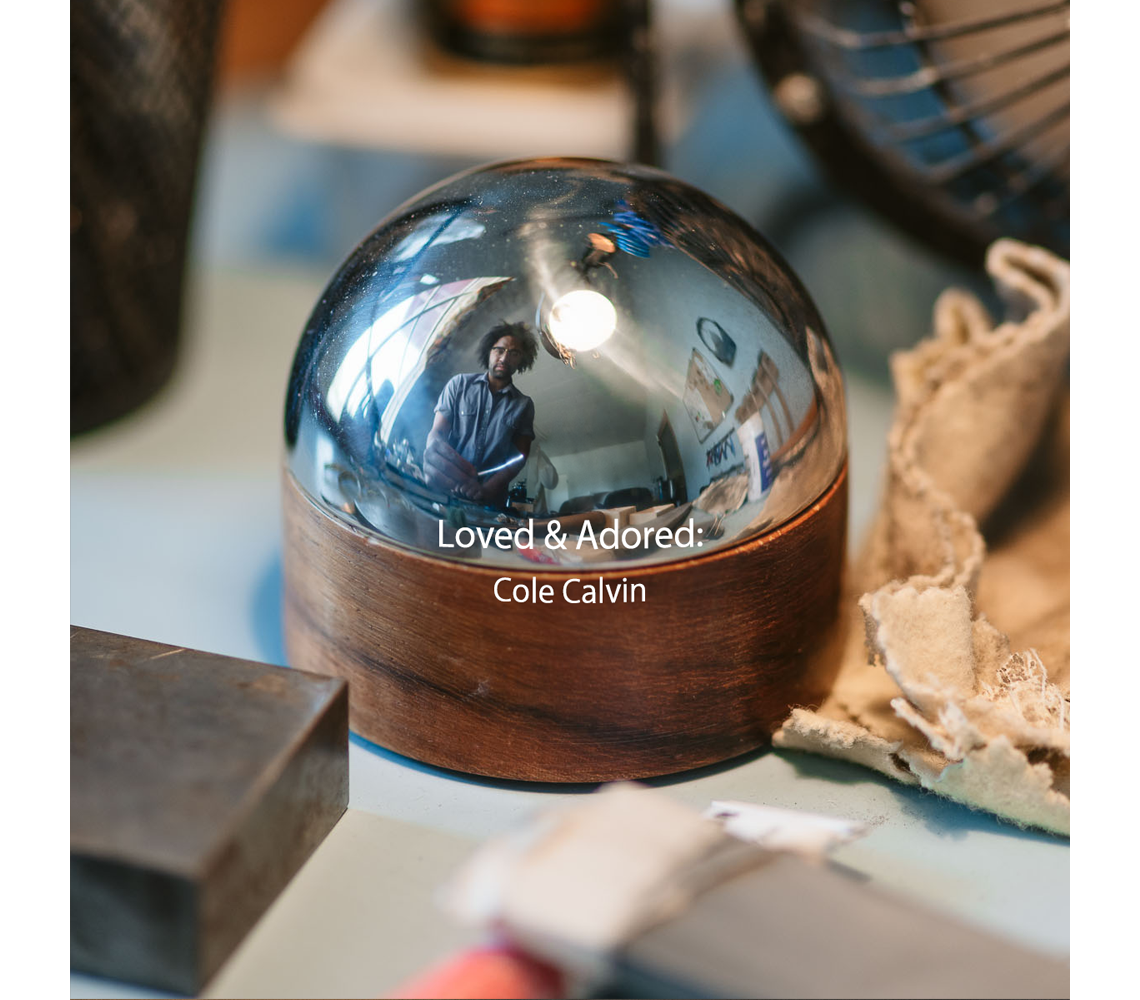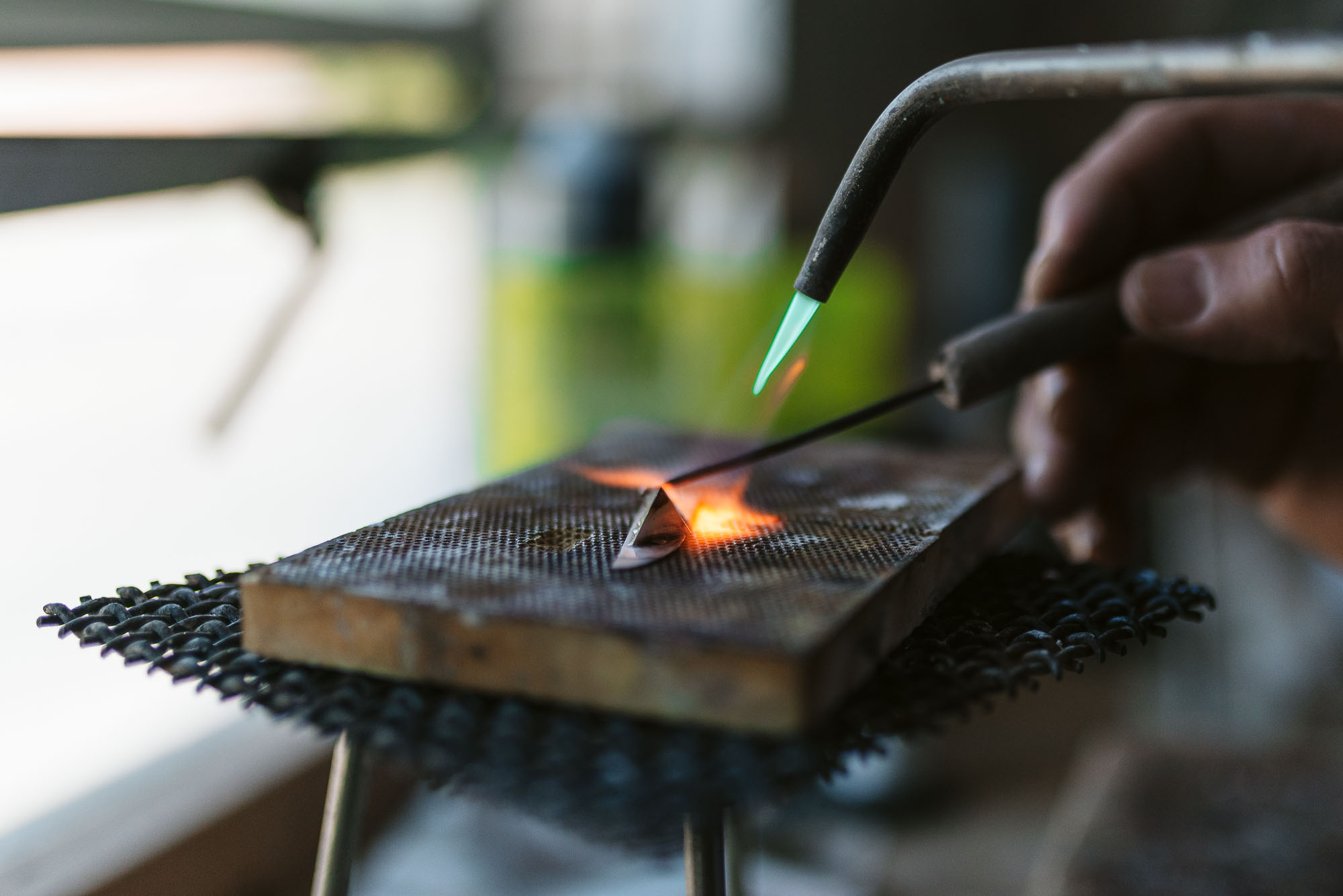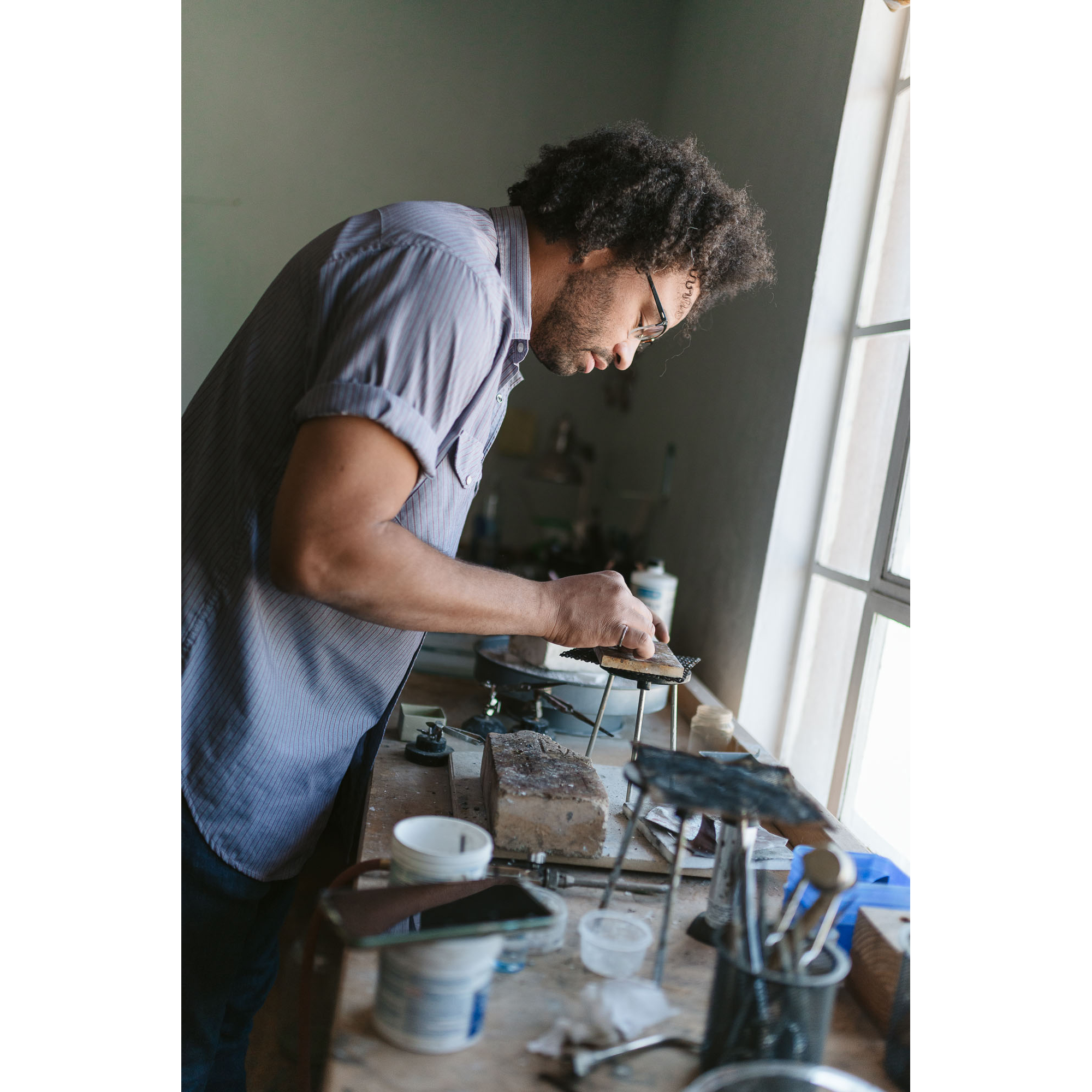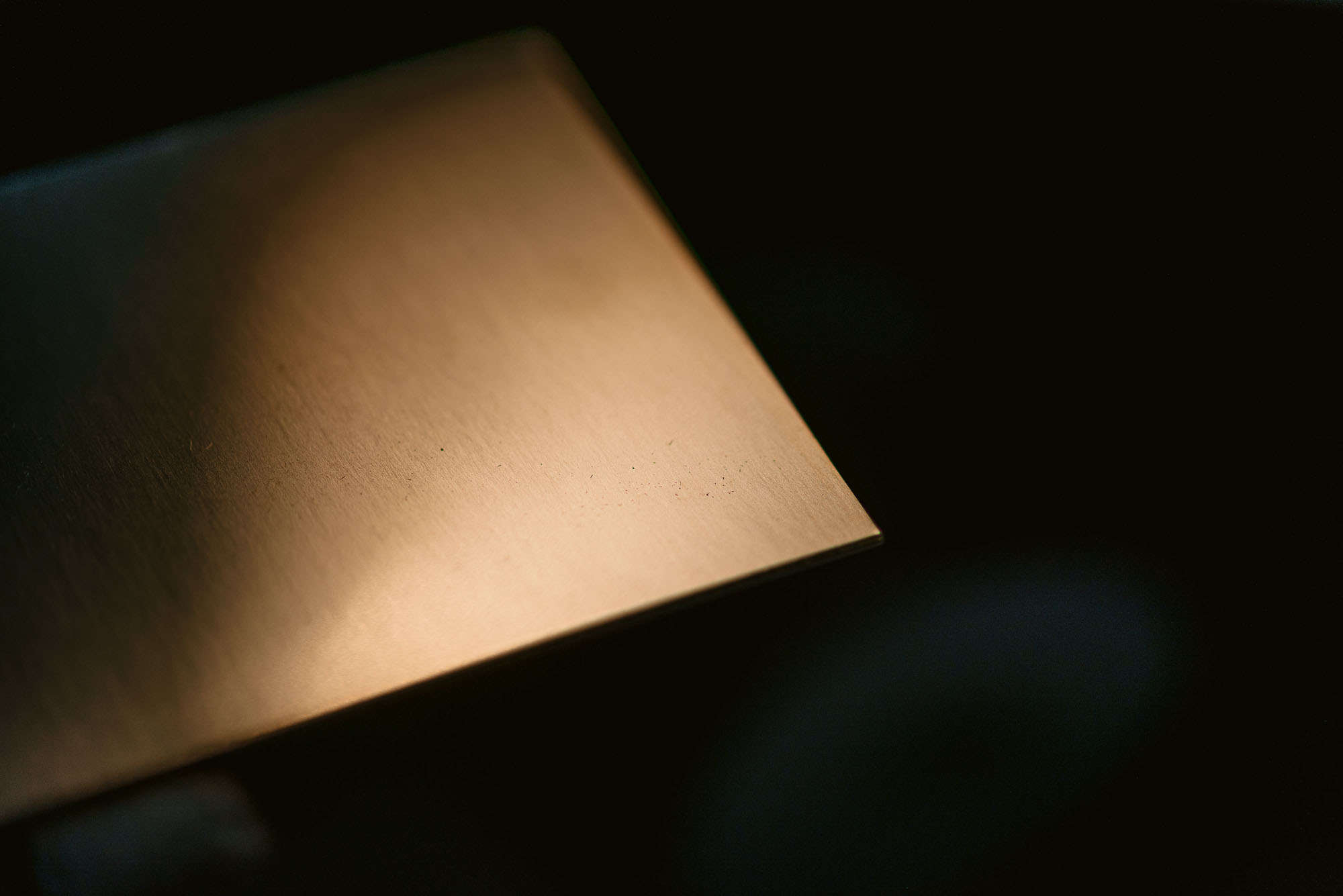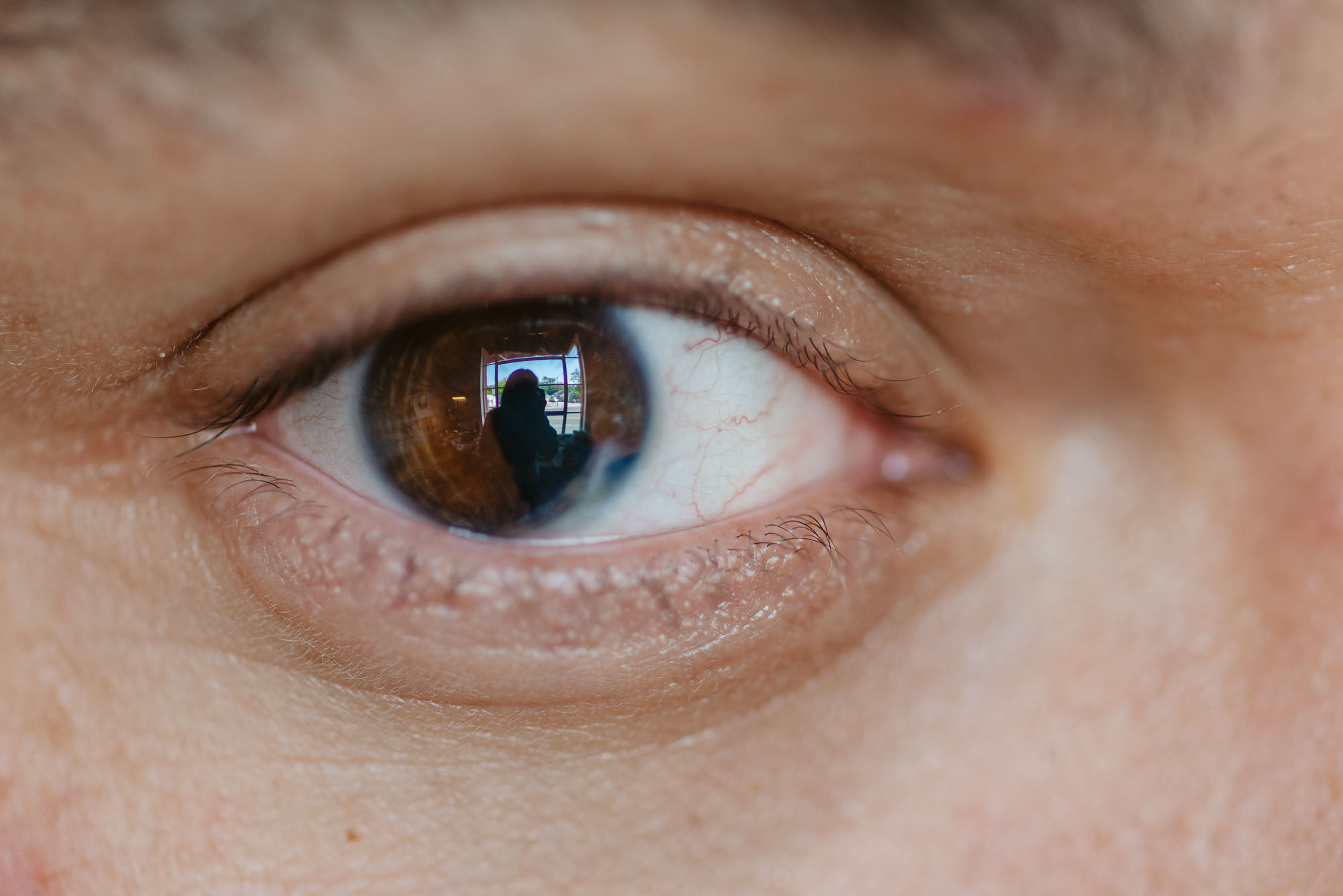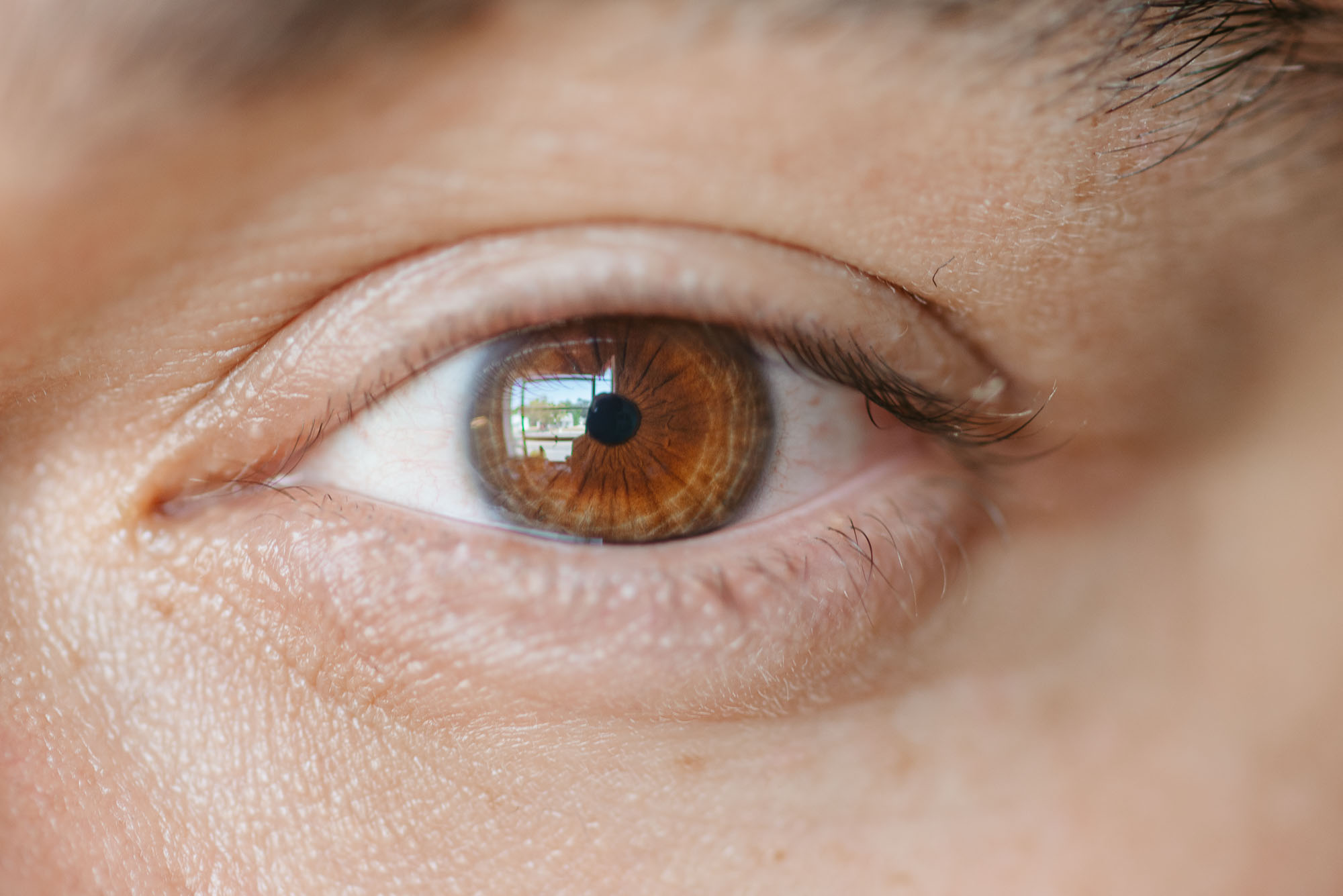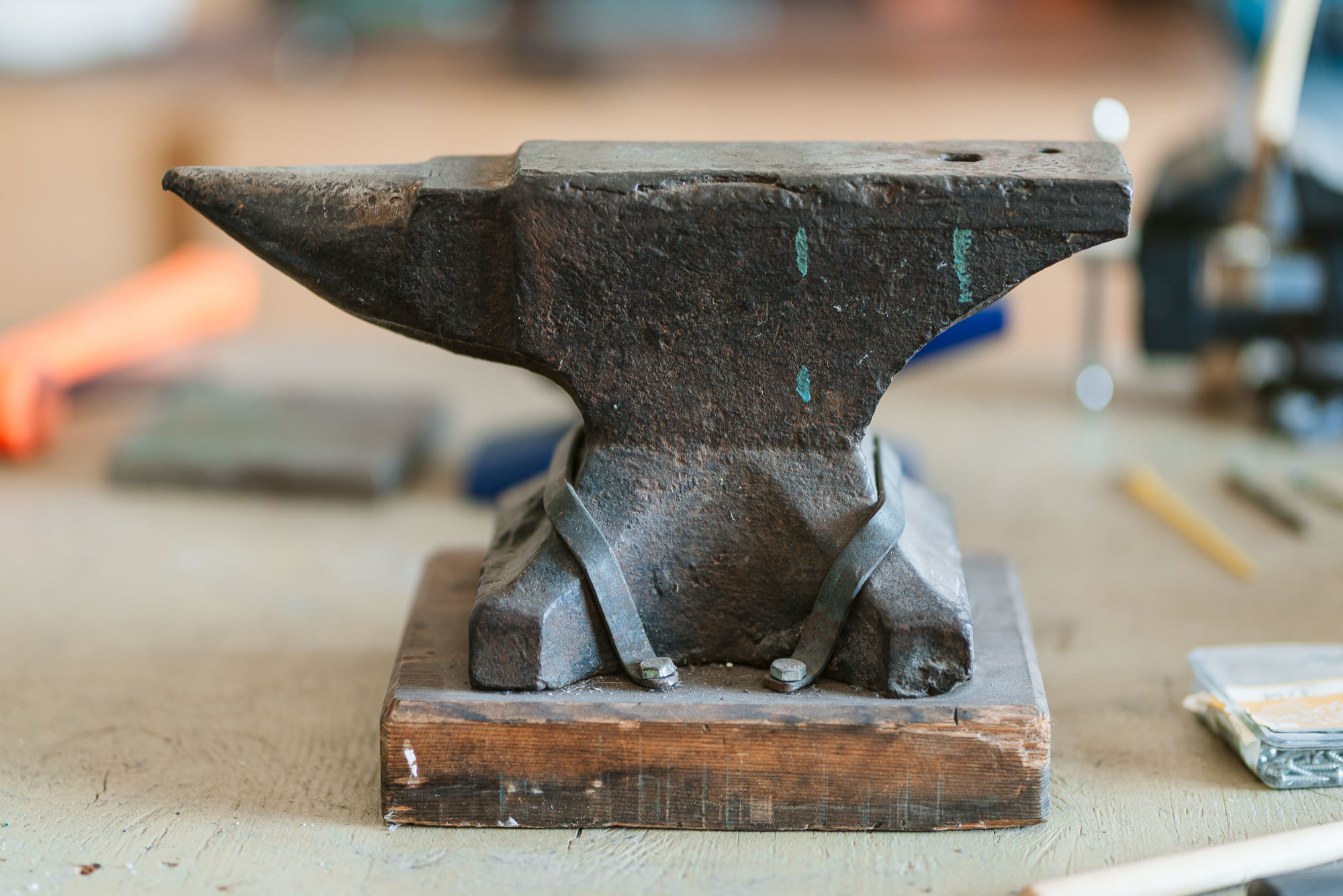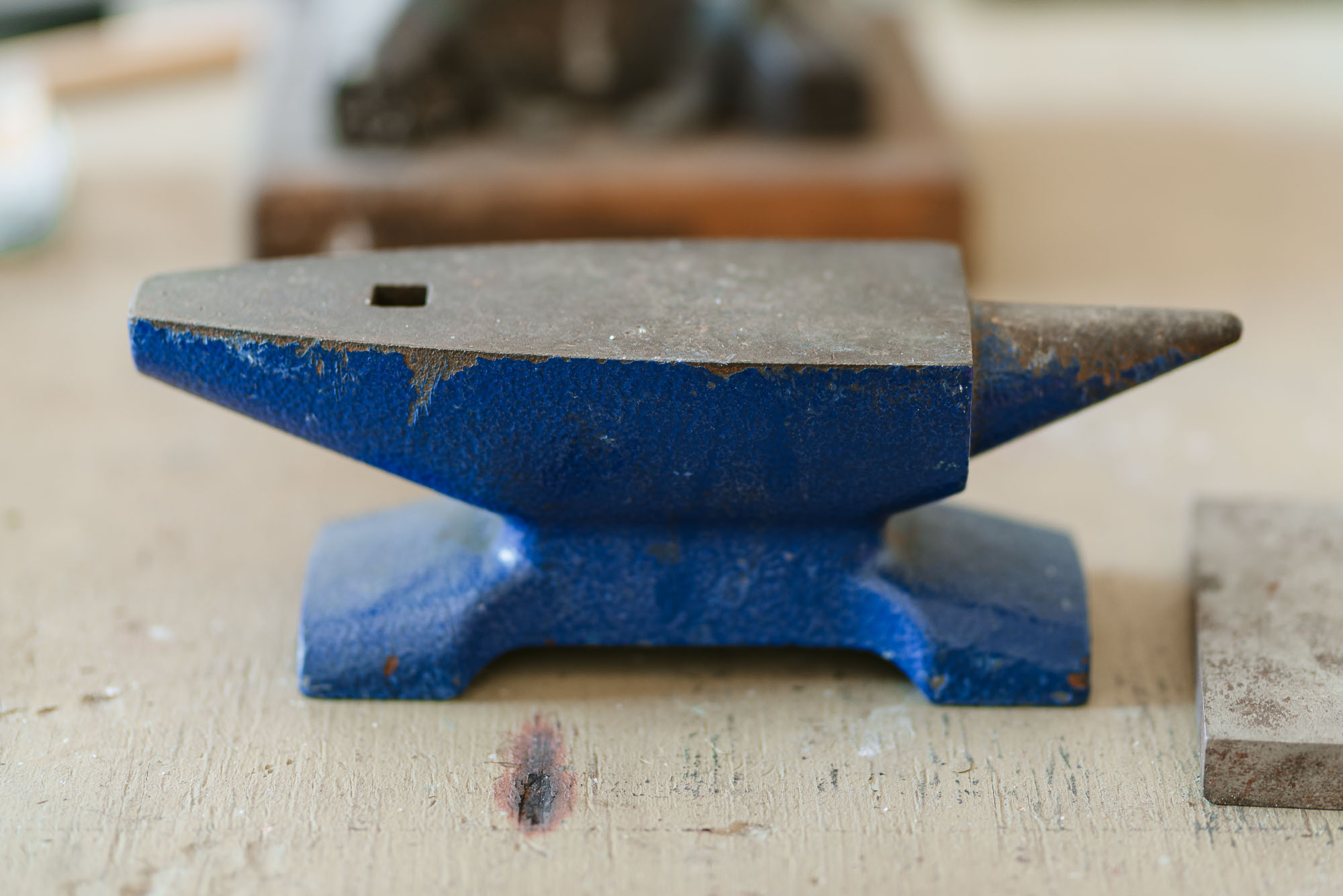Creators, Makers, & Doers: Cole Calvin
Posted on 10/7/21 by Brooke Burton
Interview & Photography by Brooke Burton © Boise City Department of Arts & History
Cole Calvin, upcoming project resident at the James Castle House, is picking up where he left off; having suffered an injury working with metals in the studio, Cole walked away from his art practice over two years ago. One pandemic later, he’s quit the day job to fulfill his creative passion. And the affirmations for that decision just keep rolling in. If we had to guess, we’d say it has something to do with Cole’s self-acceptance, vulnerability, and support from friends who keep him honest (XOXO Suzie, John, & Chris). He shares with us lessons learned about gender identity, the significance of his proximity to whiteness, and aligning himself with the statement, “Not despite me. For me.” And we are here for it.
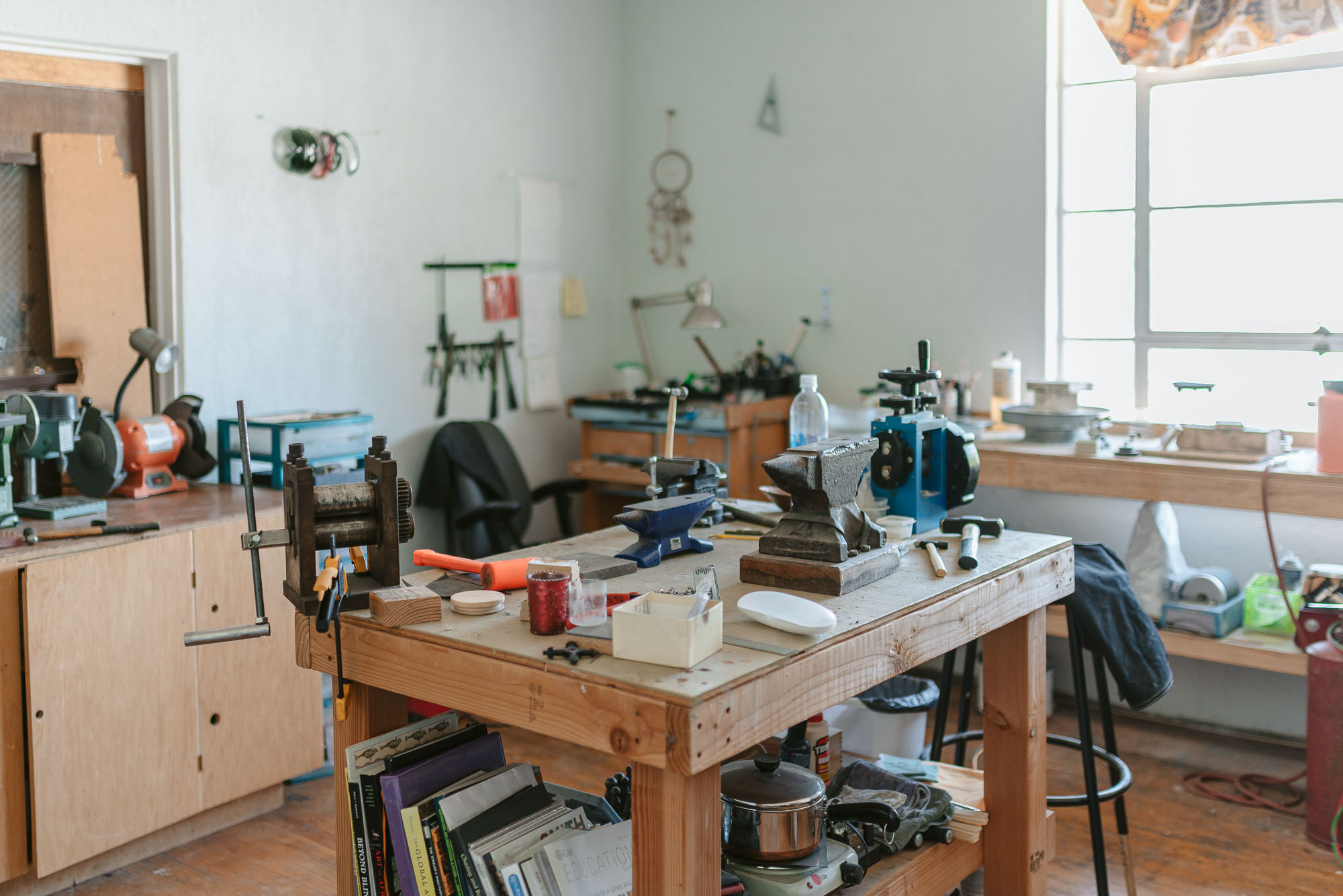
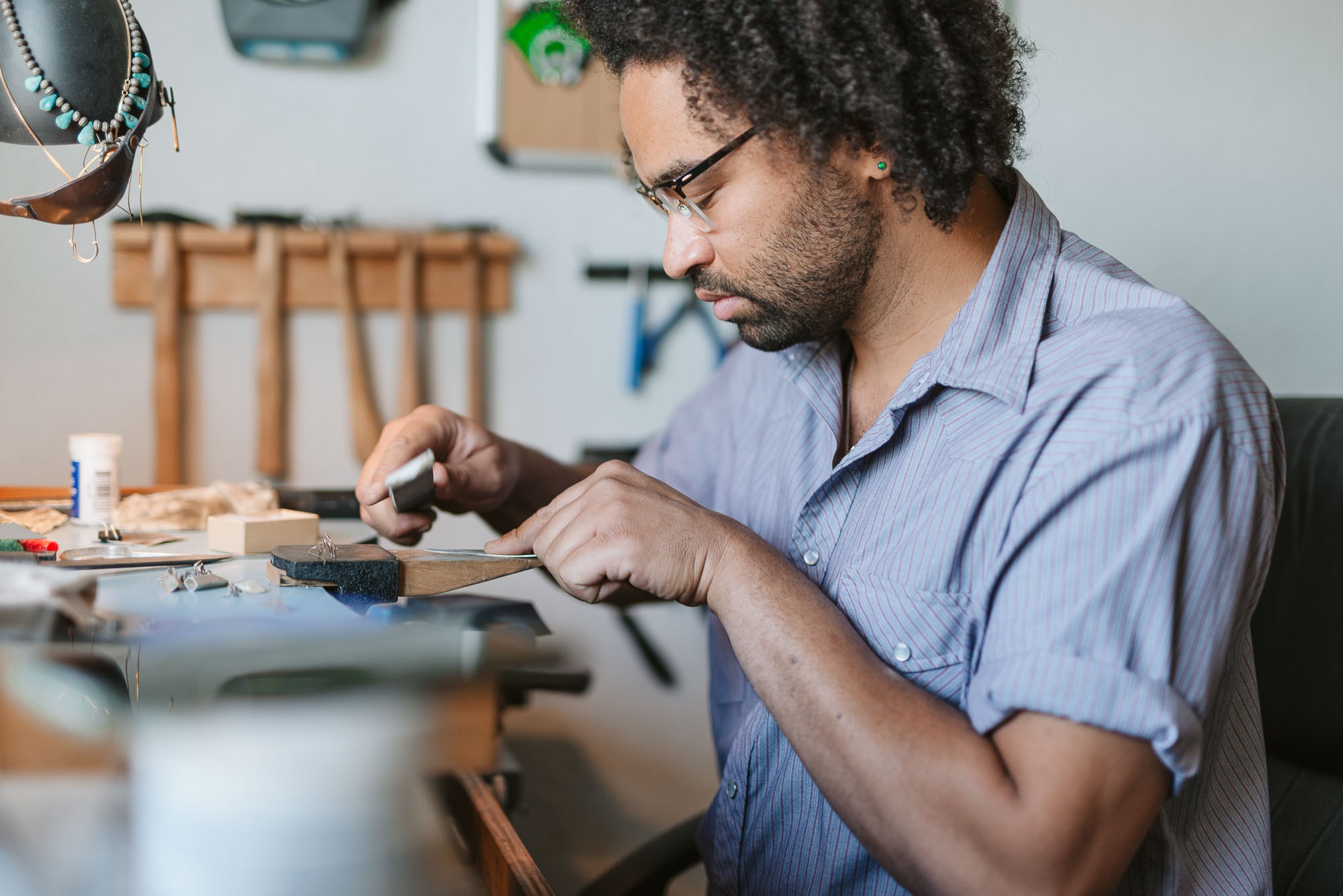 This morning I watched your interview with Inclusive Idaho by Austin Foudy, it’s a great interview (watch it here!). You are incredibly open and present with him. I encourage people to watch it. You two talked about identity, which is huge in the world right now, regarding race and gender and—
This morning I watched your interview with Inclusive Idaho by Austin Foudy, it’s a great interview (watch it here!). You are incredibly open and present with him. I encourage people to watch it. You two talked about identity, which is huge in the world right now, regarding race and gender and—
Blackness.
Yes and I want to dig deeper. But, first, are you naturally that comfortable and open?
It comes with who I am, you know. From my perspective, in order to make myself feel comfortable, I try to disarm people by being vulnerable and open and honest and sharing who I am. In doing so, I hope it gives people the opportunity to feel like they can share themselves.
Me too. Let’s build on your conversation with Austin.
That interview covered my identity as a Black person and a gay man in Idaho and my experience growing up here. You know, the social and emotional gymnastics I had to play in navigating—first coming to understand my Black identity as a person of color in white spaces, then also coming out as a gay man. I call them my two strikes, jokingly, but I think it’s also led me to be the person I am.
Help me, is it cis gay man? Can you explain what cisgendered is, for people who don’t know?
Cisgendered meaning you identify with the gender you were assigned at birth. I was born male and I identify as male. The conversation on gender identity keeps growing and evolving and I ask myself questions like, “What does my gender identity mean to me?” As I navigate the world, I try to come to a deeper understanding of those things. At times, it’s like, “What is the point of having this [gender] assignment?” And coming to understand nonbinary and trans people’s experience.
Did you answer those questions?
It’s one of those things you’re just constantly thinking about and working through in your own understanding of Self.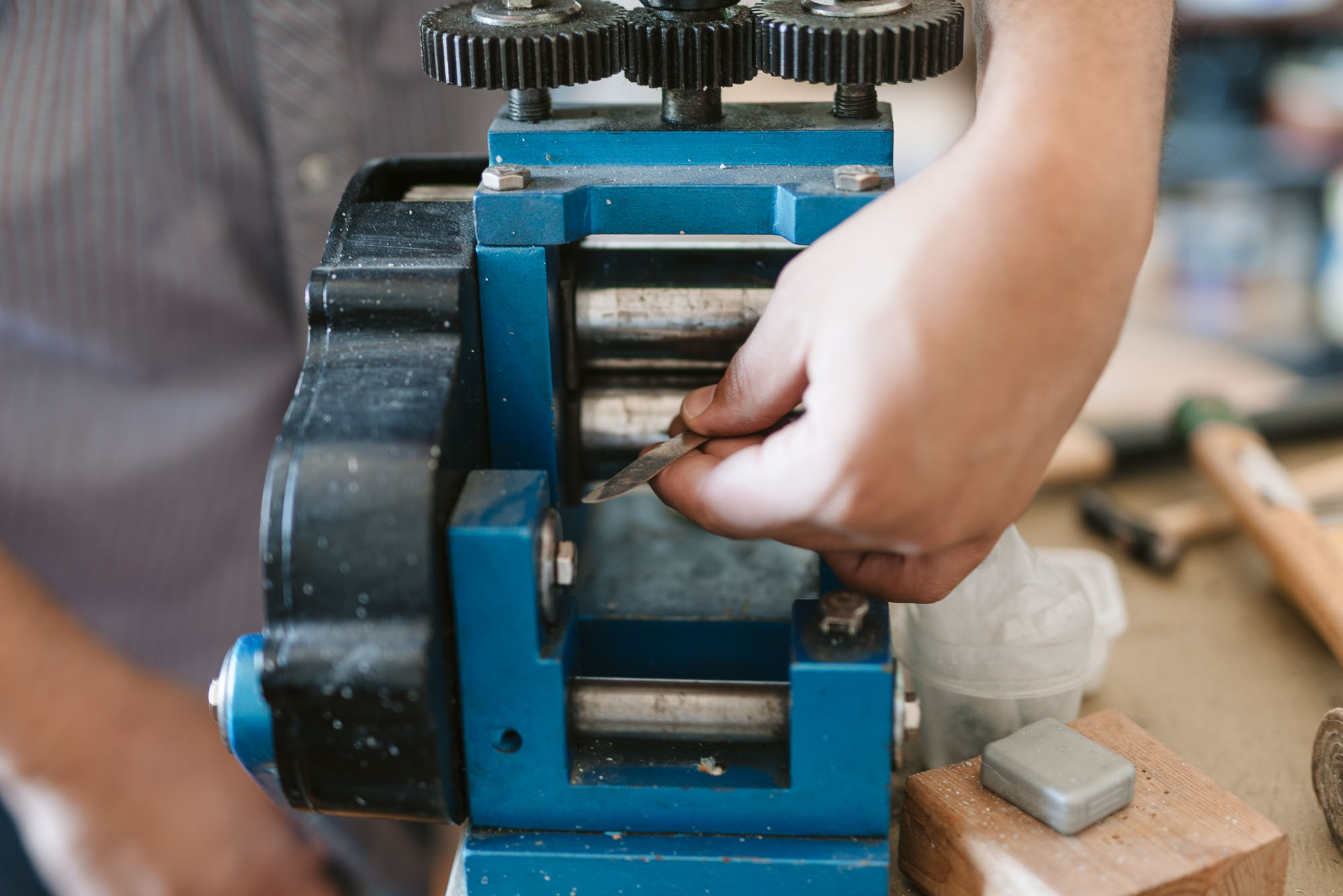
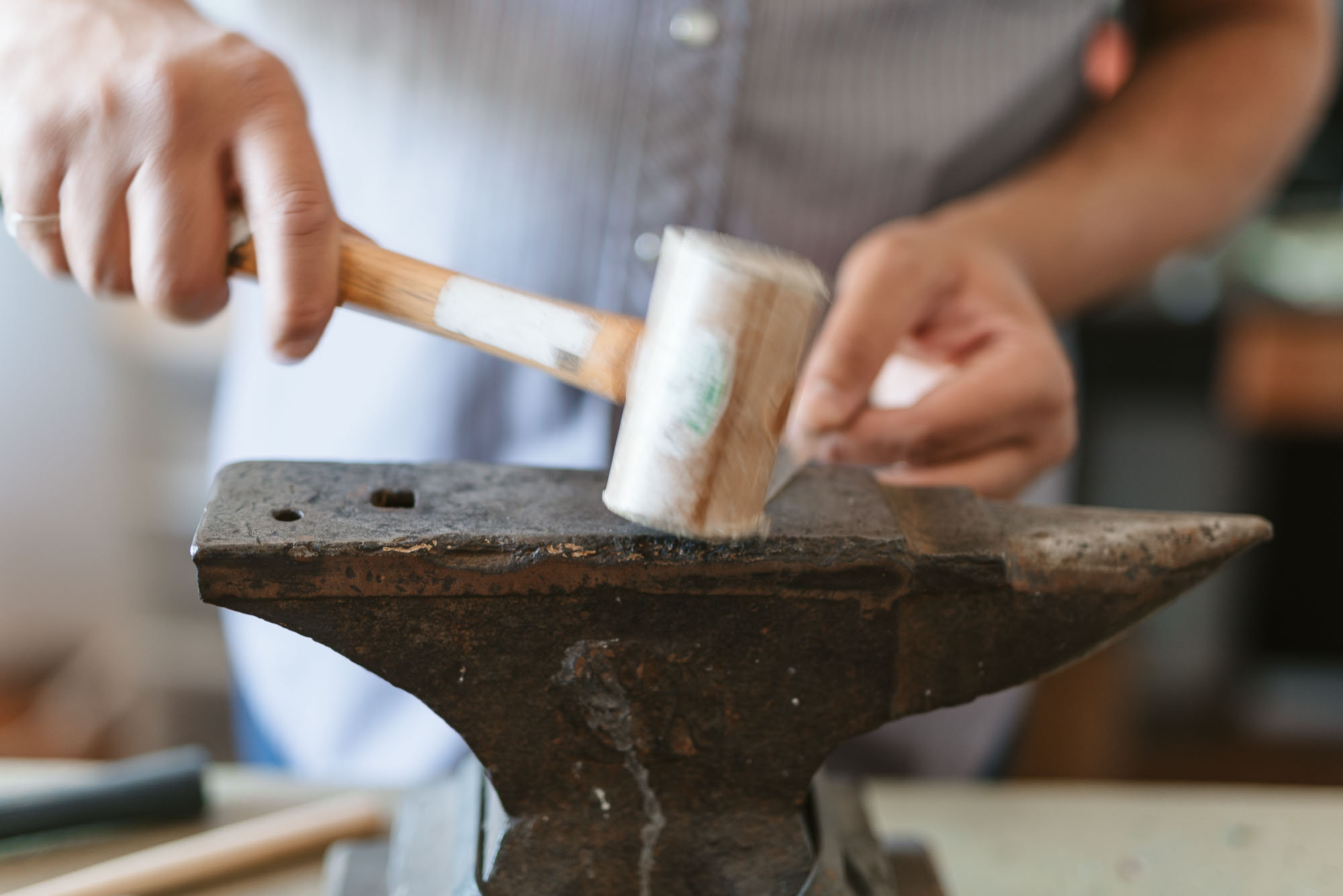
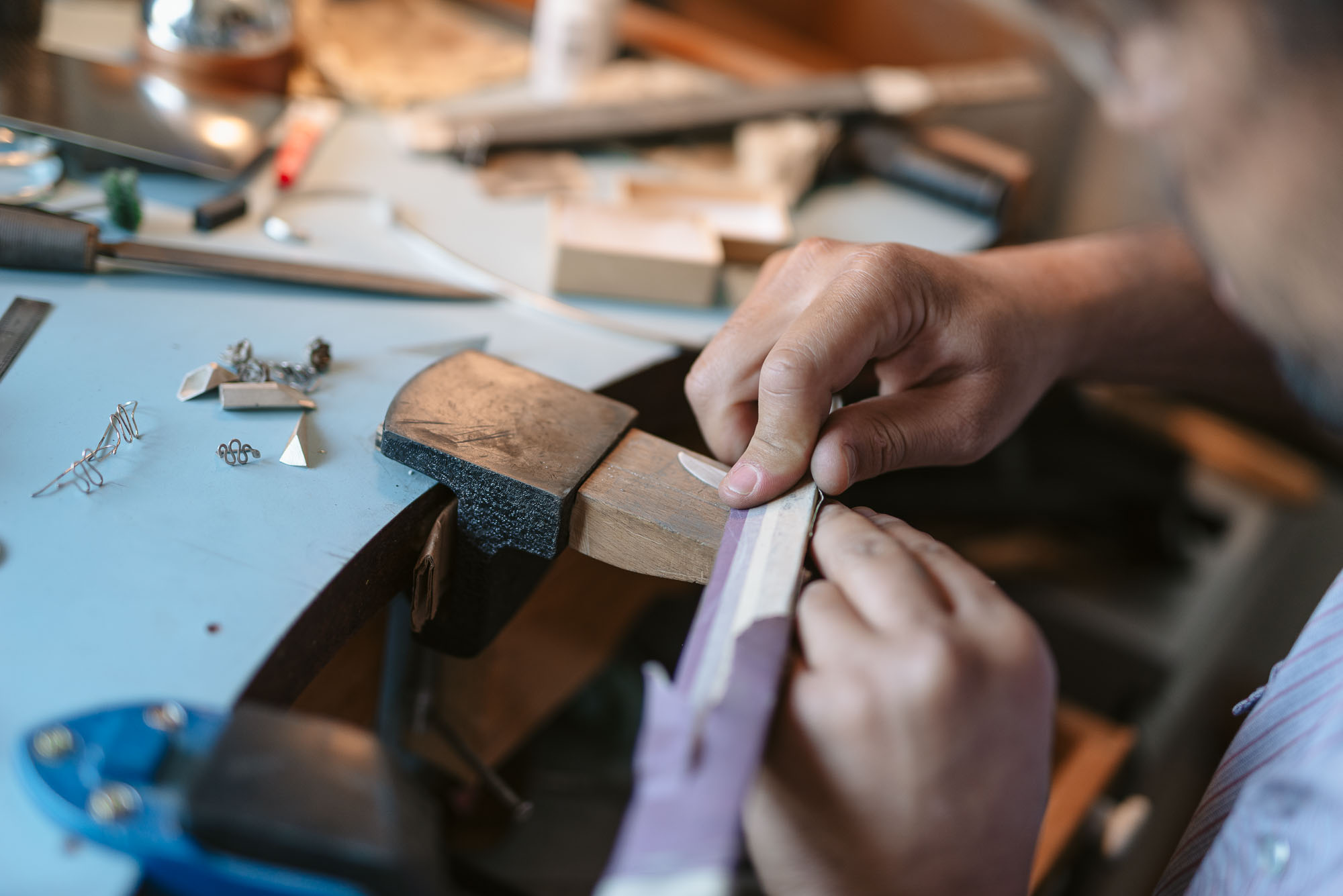
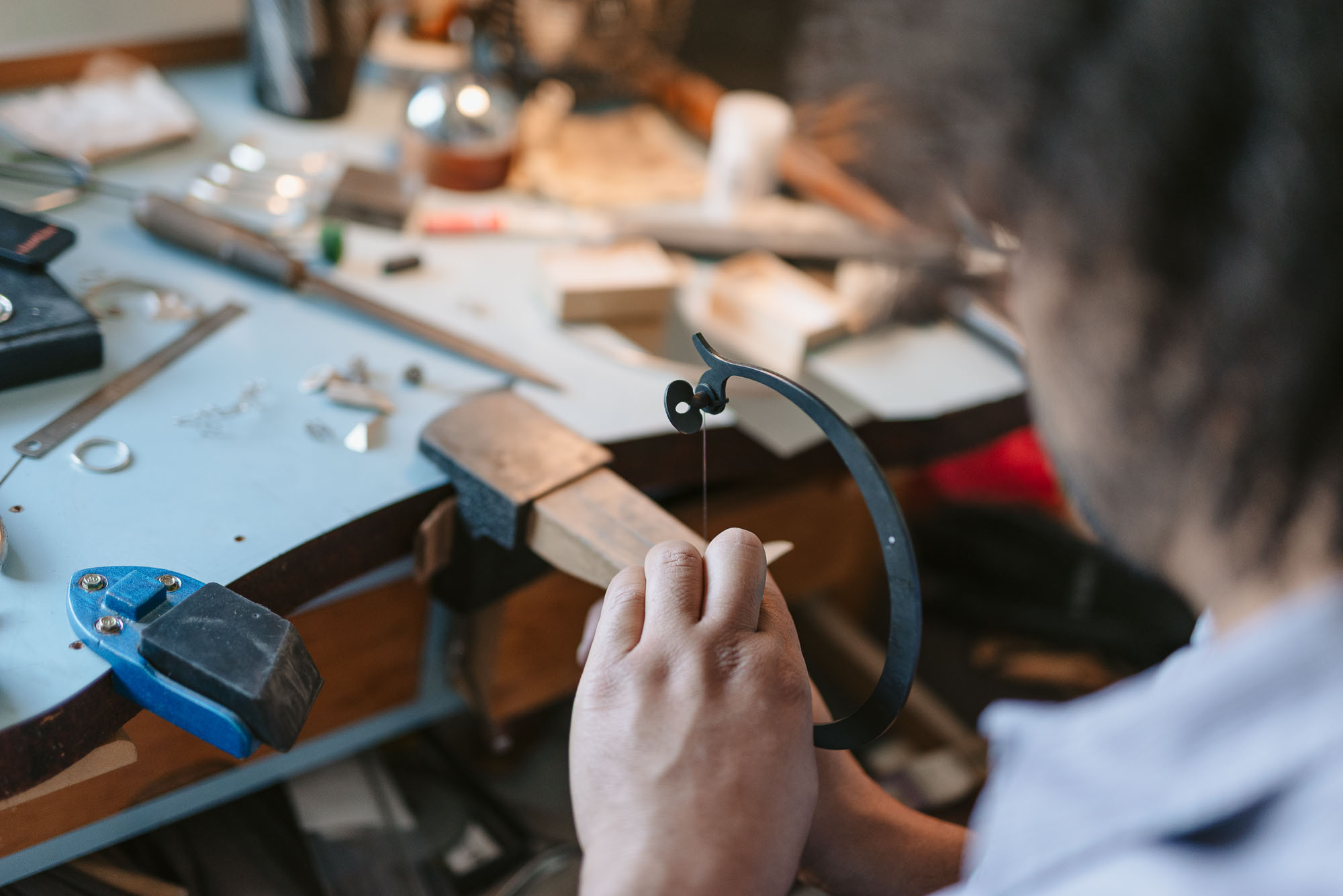
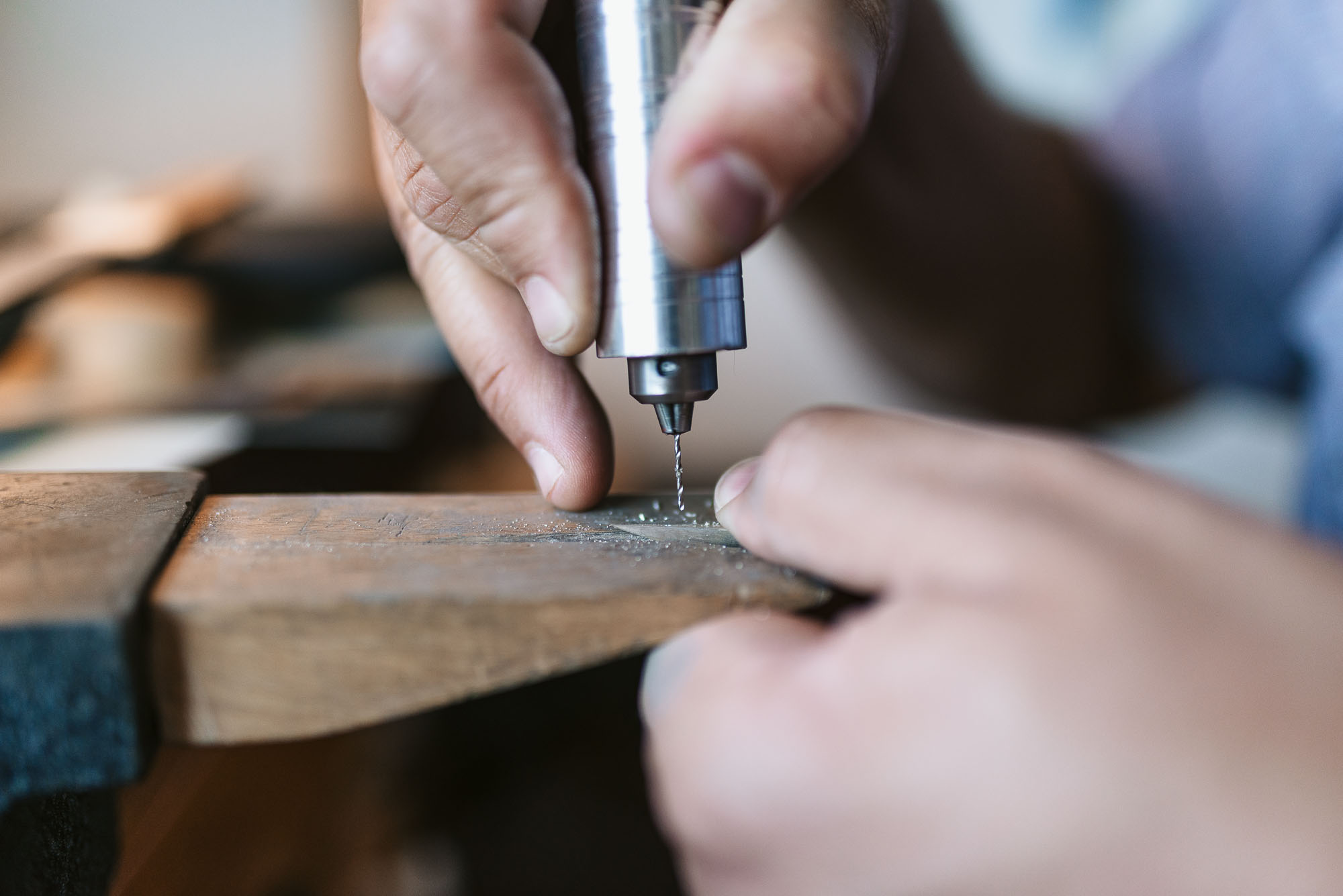 People are at all different stages of understanding the Self. In your other interview, you talked about having “a space and a place.” What is a space and a place?
People are at all different stages of understanding the Self. In your other interview, you talked about having “a space and a place.” What is a space and a place?
It’s part of our cultural understanding, how we navigate society. As far as safe spaces go, I find I often cultivate or create safe spaces of my own, places to feel safe. That’s due to the relationships you cultivate in your life and the people you allow in and share experiences with.
So it’s not necessarily physical space?
Sometimes it is physical space. I think it’s more so a mentality—I mean, I present as six foot three. I’m a large person. I think I have the capacity to make sure I feel physically safe and I like to think I do the same for others.
As a white person here in Boise, and traveling, I generally feel safe. But the realization I’ve had this year is that your experience may not be the same.
No, certainly. There are definitely parts of Idaho that I’ve, maybe, not pointedly avoided, but decided, I don’t know if I feel comfortable making a trip [there] on my own, without, oftentimes, white people.
To be associated with white people?
Yes. Or white friends who act as an invitation into those spaces, those communities. Or act as protection. It’s as if my proximity to whiteness protects me. I’ve been vetted. 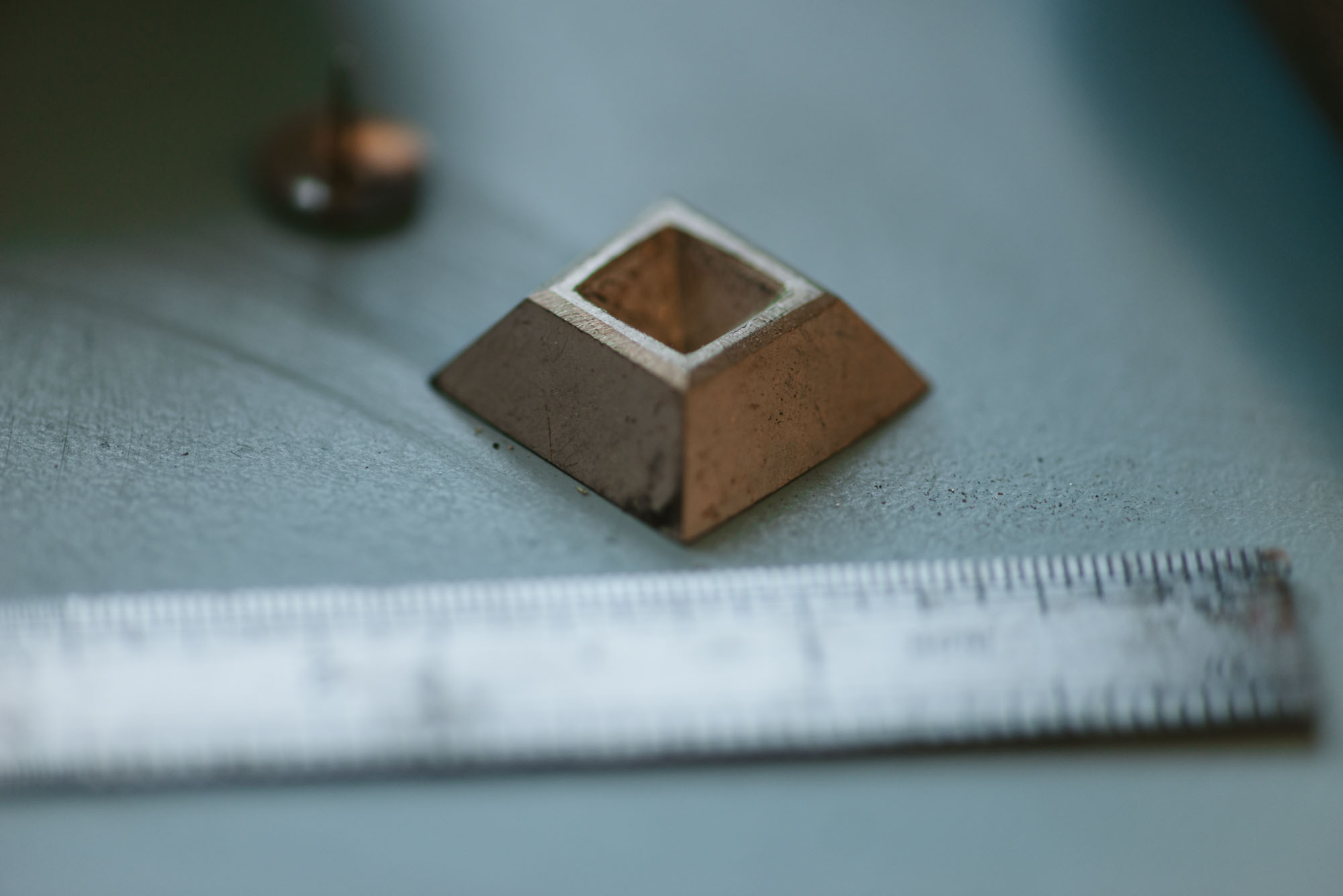
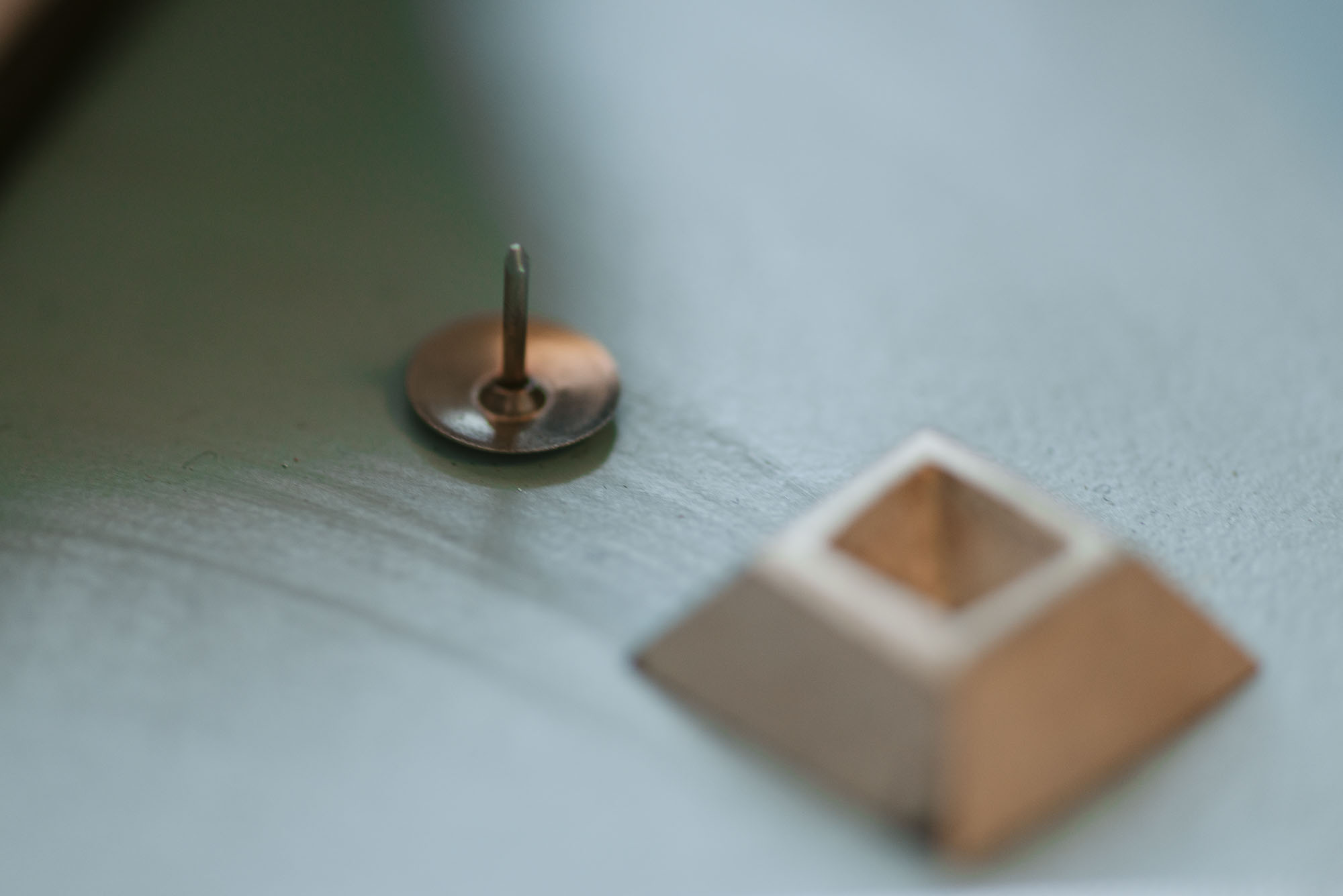 I’m laughing, but I’m crying. I understand what you’re saying. It’s overwhelming.
I’m laughing, but I’m crying. I understand what you’re saying. It’s overwhelming.
I’ve spent two summers going up to Stanley and working at Redfish, which was an incredible experience. Being such a tourist town, there’s a mix of people who make it feel safe. But smaller towns in Idaho… I don’t know if I’d be doing anything but stopping for gas, then keep on my way.
It’s a choice you are faced with. How else do you create a safe place for yourself?
I’ve always tried to disarm people by finding common ground or shared experience. I’m always trying to find similarities and draw parallels to find a pattern; that our lives overlap, fit together—
—to create a bridge.
Exactly. We’re talking about my Blackness, you know, and being gay, a queer person. These are things people will take at face value and discount. And I don’t know if it’s a disservice to myself to want to prove to them that I’m more than that. I question, “Why am I trying to prove myself to that person?”
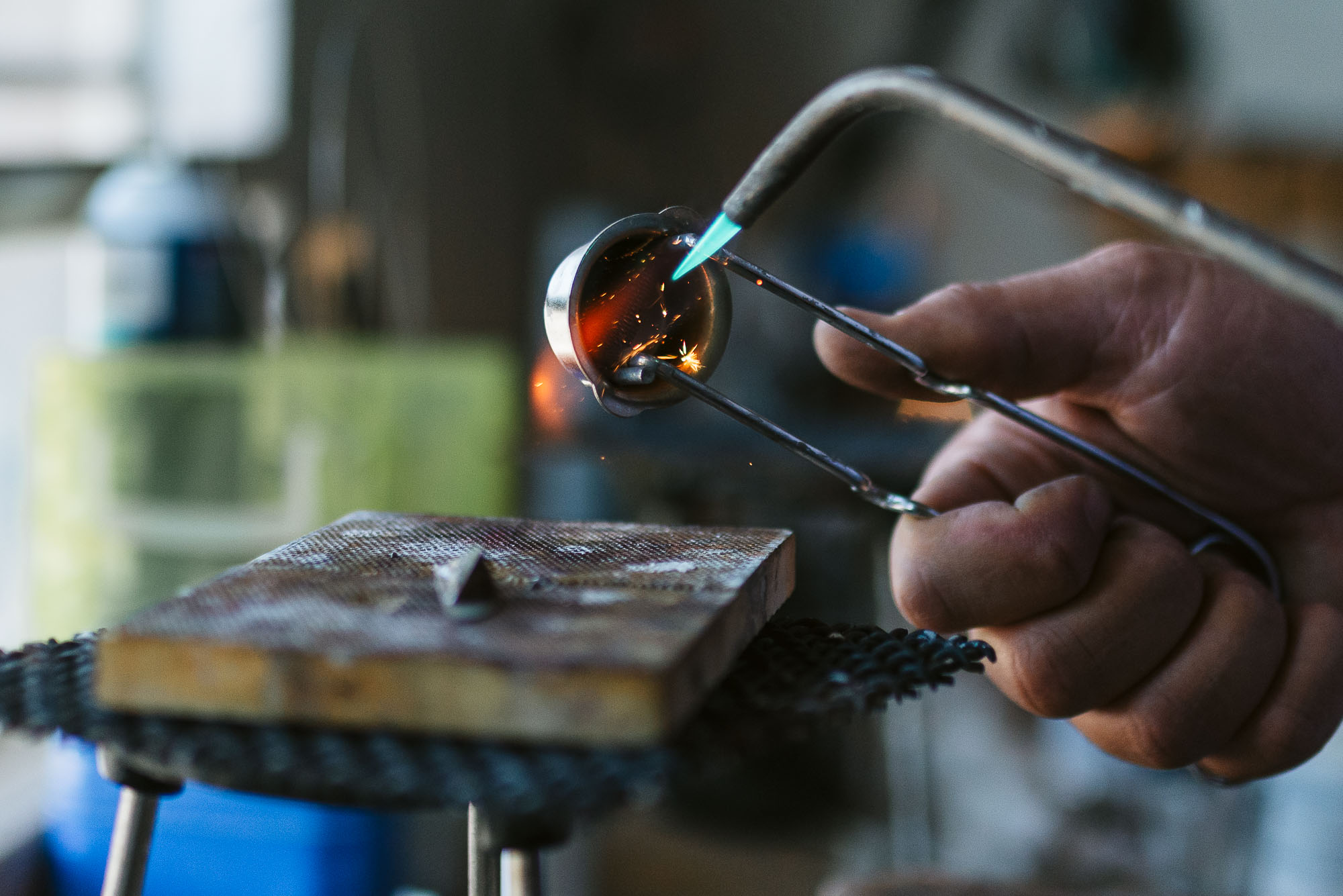 In order to be accepted? That’s a tough question to ask yourself.
In order to be accepted? That’s a tough question to ask yourself.
Yeah.
You’re very self-reflective. Does that ever get you into trouble?
[Laughing.] I mean if you reflect too much you’re paralyzed by indecision and your inability to move beyond that—
Getting stuck. You mentioned the decision about who to let into your life?
I grew up with three very close friends. One who came out as a trans woman. And my friend John who, we were rivals growing up, but soon found out it was because we were so similar. Another friend is an engineer. The four of us have four different minds, four different experiences, and such a unique friendship. It is like my touchstone in life.
And you’re still that close since childhood?
It’s pretty rare. I’ve been thinking a lot about nostalgia lately, you look back on something fondly or with rose-colored glasses. Our friendship has wavered over the years, yet, we’ve come back and connected again in our adult lives. It’s really meaningful and special.
You also can’t bullsh*t somebody who’s been your friend for so long.
Oh, they keep you very honest [laughing]. Those are the only people who can really challenge me, know exactly who I am, and know the bullsh*t I tell myself. They see right through it. They’re like, “No, that’s not how we’re doing this.” [laughter]
Did you go to the same schools?
We grew up north of State Street, Cynthia Mann Elementary. Chris was a year older, but Suzie, John, and I all grew up together, same grade. Then Hillside Junior High and on to Capital.
You earned a Bachelor’s of Fine Art from Boise State University. Did you ever question working toward an art degree?
The transition from high school to college was interesting. I didn’t do well in high school, didn’t put any effort. So I went on a nontraditional route and applied as a non-degree-seeking student. I was admitted after two semesters and thought I would do art education, because I was impacted by my art teachers, who were often the only teachers I connected with. I ended up deciding I didn’t want to do the education route and focused on a BFA in ceramics.
Why did you decide against art education?
Honestly, it was the spreadsheet class. And the preparation for the Praxis. I’m not one for living in spreadsheets. It’s just not my strength. I struggled in school because I was diagnosed as dyslexic when I was young, I was always intimidated by literature and reading. It felt like something I would never overcome.
The paperwork and spreadsheets gave you anxiety?
Absolutely. And performing and speaking in front of a class. I can talk to a group of people if we’re on the same level, but put me at a podium and I’m like, “I can’t read these words, I can’t speak in front of you.” But art was something I was always rewarded for, acknowledged for my efforts and for my work. It felt like the only place I received that [kind of] feedback.
About being diagnosed with dyslexia, you said earlier you thought it’s something you would never get over. Has that changed?
It’s something I still work with. I know I can read, but it’s the fear of people thinking I’m a trope; the Black man who can’t read. The fear of people thinking I’m illiterate or uneducated or not intelligent, you know.
That’s rough.
I just accept it as a part of myself and try not to dwell on those insecurities.
“Cole Calvin, everybody!” I give you a standing ovation. I mean, should we just end the interview here?
[Laughing.]
What an amazing gift to yourself, “I’m insecure, but I don’t have to carry it like a weight. It is part of me as a whole person and I am acceptable.”
Exactly.
I didn’t hear you say, “Oh, I overcame it, I’m confident now.” I heard you say “It still gives me anxiety and I choose not to focus on it.” How did you change (or not) through your liberal arts education?
I mean… I came out in college.
Did you?
Yeah. 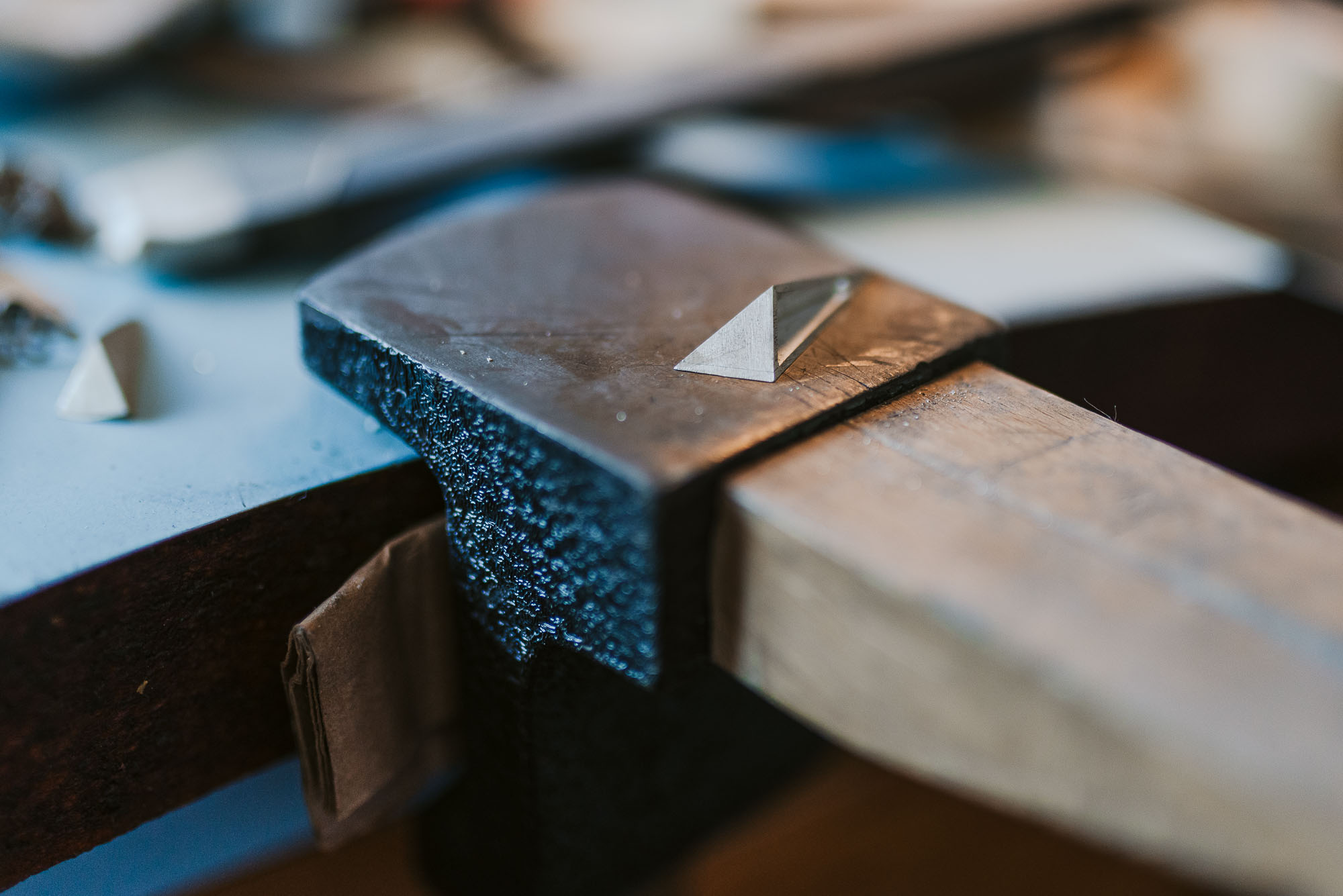 Okay.
Okay.
I don’t think it was in my best interest to come out in high school, I didn’t feel confident or safe doing so. So when I surrounded myself with the good people who I knew would care for me despite… no, not despite—for me, for who I was—I had pruned the folks who wouldn’t accept me. I was always mindful of that in terms of my identity.
That’s a big deal, to prune people who do not accept you.
I think it was just constantly happening. It’s back to growing up Black in Idaho. You’re looking for the signs, people who are not racist. Like, “Oh. Yep. Nope, we’re not going to be friends.” You choose not to pursue.
Are you skilled at pruning?
I’ve come to know how to evaluate the situation, to see people for where they’re at, and how they will perceive me.
Good stuff. Tell me about the art materials in here.
At BSU, I took as many ceramics classes as possible at first, then fell in love with art metals and silversmithing.
What are you interested in making?
I mean… I love a coveted object. The fantastical notion of a prized possession. 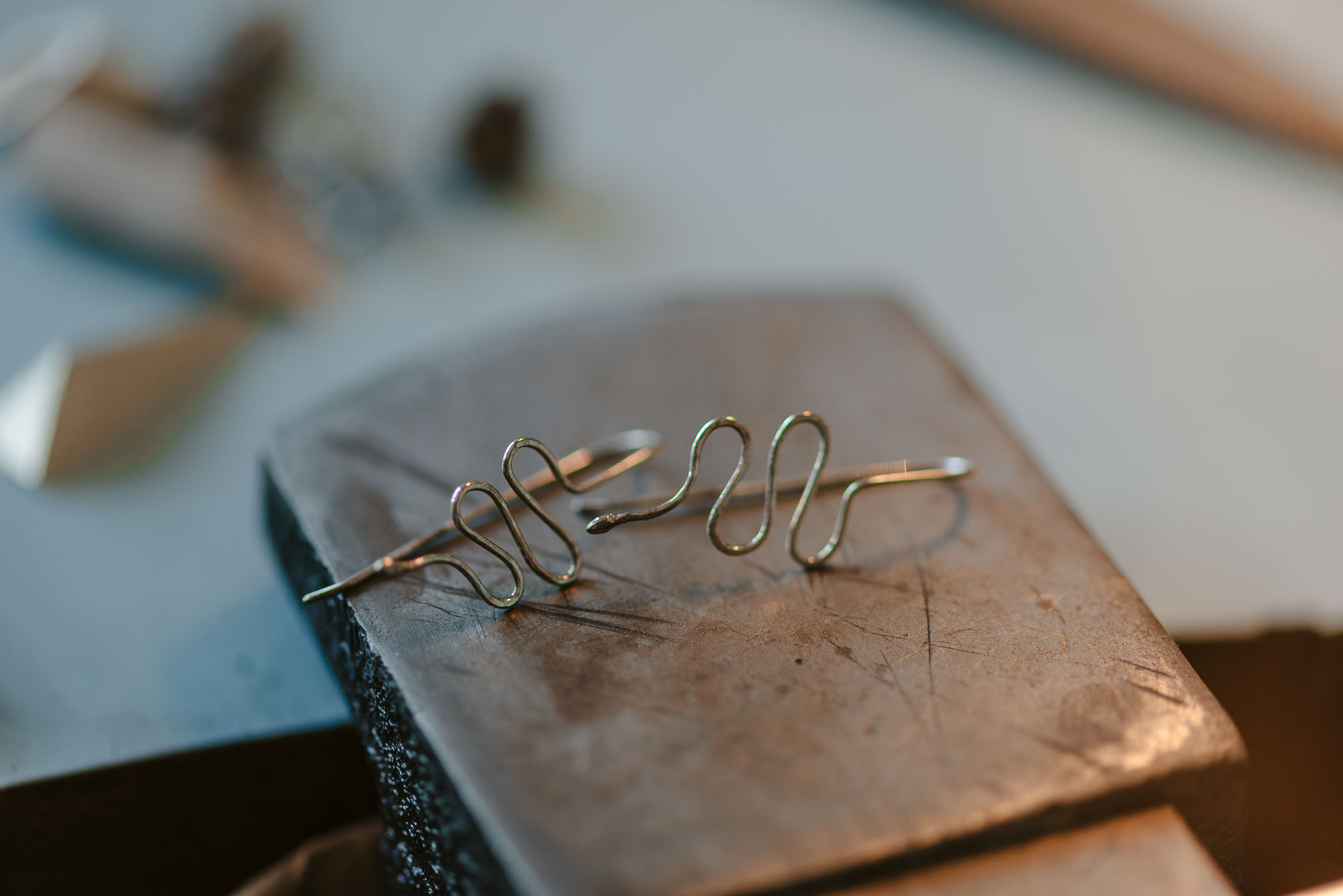
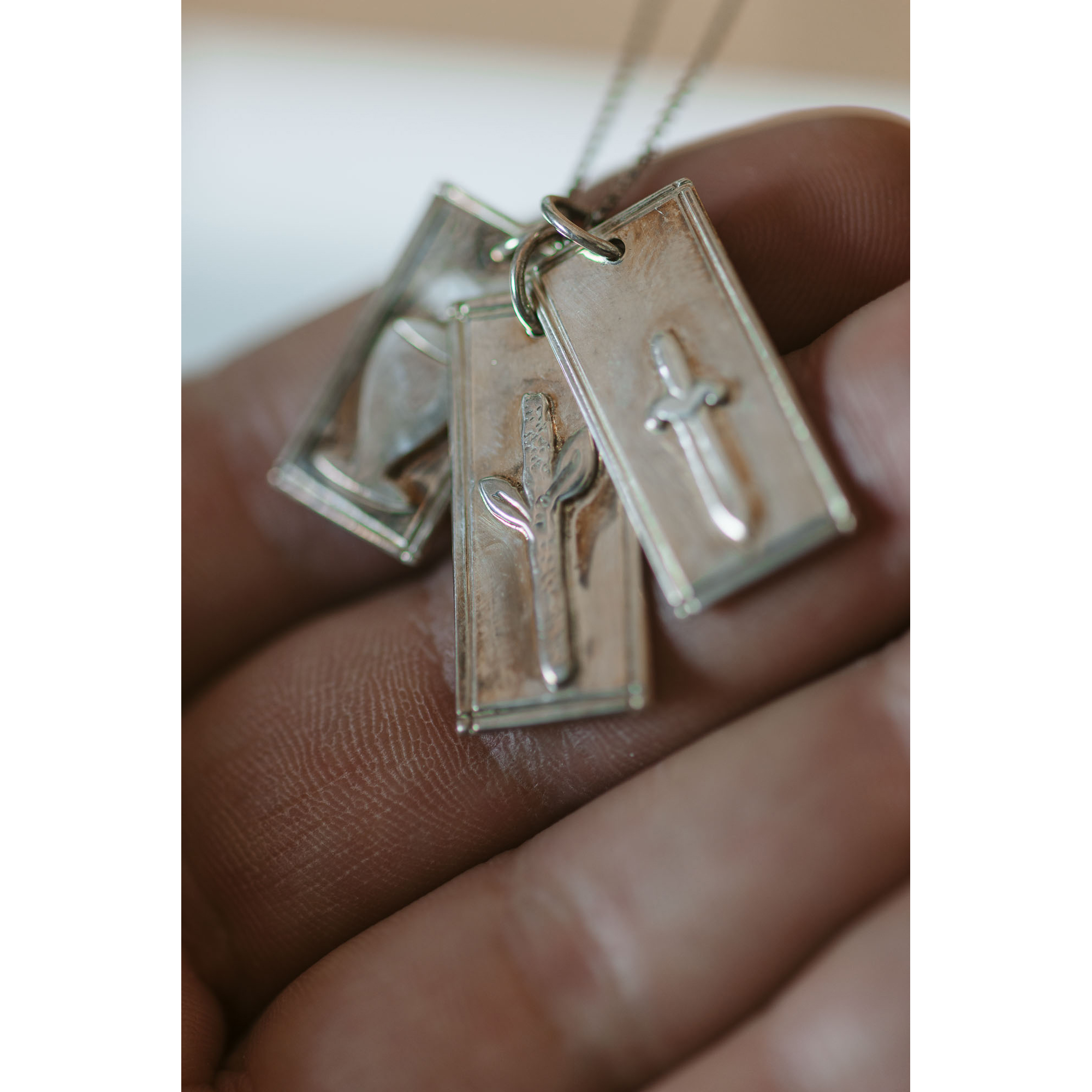 Oh, yummy.
Oh, yummy.
I like to think, hopefully, that some of my more meaningful pieces will become heirlooms; something loved and adored. It’s interesting to get back to making something for someone else. Often, I’m making something that I would love. And then when I’m moving onto the next piece, I’m thinking, “Okay, who wants this one?” [chuckling].
Have you made things you don’t love?
I get an image in my head, trying to bring it into the physical world; and that energy, that emotion; figuring out the process. That’s what makes me love a piece. Sometimes where I struggle is when I get into production mode, cranking things out. Something that doesn’t take the journey of discovery, the process that brings me to the final piece.
For the purpose of—
For money, you know.
I know.
We all need money so—[chuckling].
What’s your process of discovery like?
It’s tough to say, I come up with an idea, render it, you know, just loose sketches. I mostly work in copper, brass, silver, some gold leaf. I don’t use a whole lot of stones in my work. 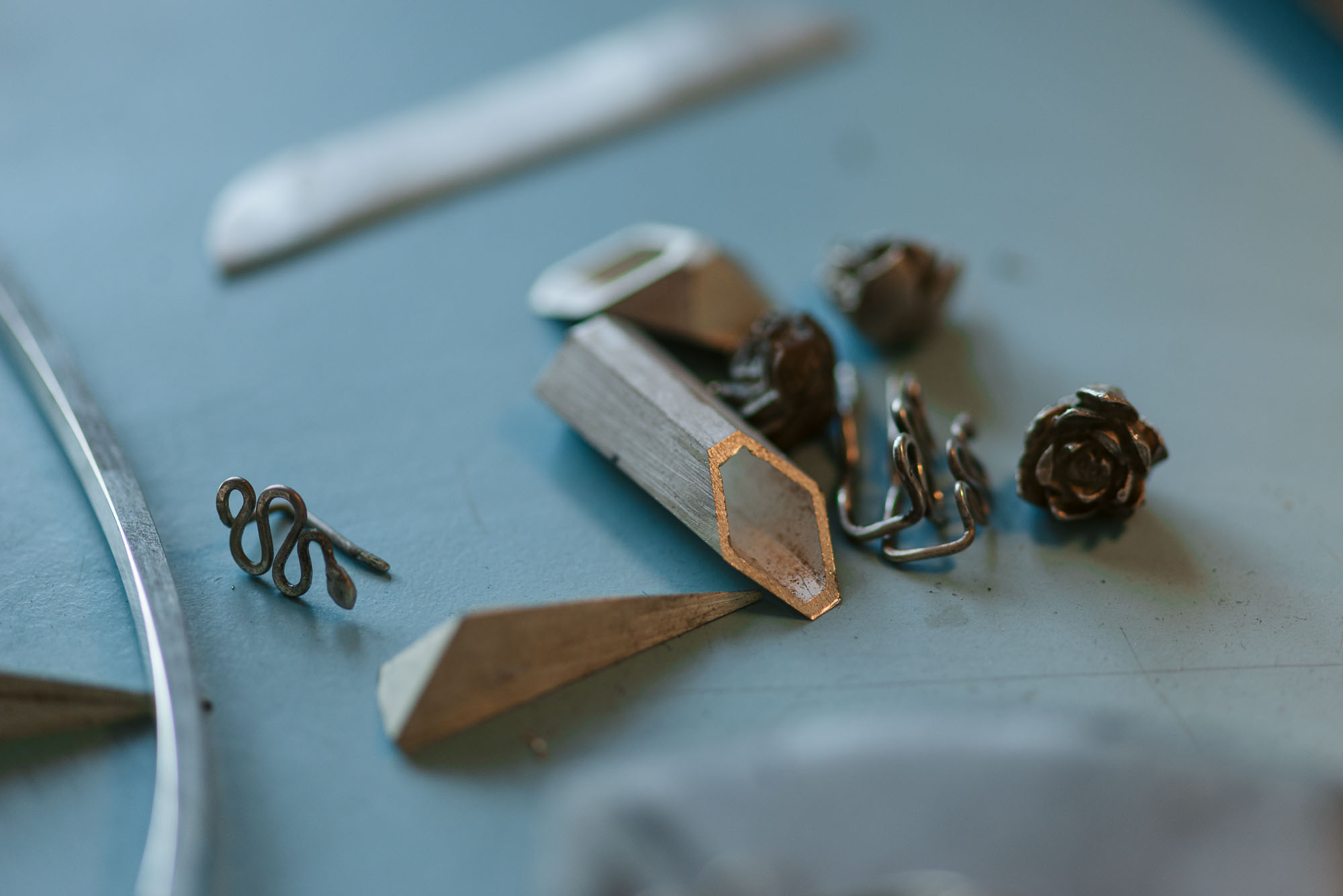 When we’re talking about metalsmithing, it’s small scale, which lends itself to wearable art or jewelry?
When we’re talking about metalsmithing, it’s small scale, which lends itself to wearable art or jewelry?
Yes. Precious stones, precious metals, valuable materials. If I do get into production mode, it’s like I’m going for an aesthetic. I would rather make small collections of work that are distinct and feel special rather than continually crank out one thing, over and over.
That’s the dream. You’ve quit your day job?
I jokingly said, “I’m an artist, so naturally I serve and bartend.” It was a joke, but it became, “No. Now I’m just working in the service industry.”
Not working and making art, as you intended. You quit practicing art?
I had an accident, an eye injury, two and a half years ago, now. That halted all my production in the studio. I had an aversion to working in metals.
How do you feel about talking about that?
Oh, it’s fine.
Did it happen in here?
Yeah, it did.
What happened?
I was working on a snake pendant, putting an S curve into it, bending it towards myself against my bench pin, and it slipped off, and, we’ll say, it bumped my eye—the snake and the pliers.
Were you alone?
No. Luckily, my studio mate was here to rush me to the ER. I had an emergency surgery to repair my cornea and my iris.
Is there a scar?
I’ve got a little bit of scar tissue on my sclera, the white part, that kind of occludes my iris. My iris is enlarged and kind of pear-shaped, but I have dark eyes, so it doesn’t show [much].
Does it surprise you when you look in the mirror?
Honestly, I looked at my eye so much after the accident; I was looking at it all the while it was healing. Now it feels like it’s just a part of me, a sudden instance that I adapted to.
Ouch.
Yeah. I try to wear my glasses or protective eyewear as much as possible now [laughing].
Oh, so there’s a lesson here?
Wear your protective equipment.
It sounds extremely traumatic.
I lived through an emotional roller coaster the weeks following, wondering what state my eye would be in. With any surgery or accident there’s a chance of infection; that was racking my mind. I was fearful I would lose my sight. Or my eye. I was worried I wouldn’t be able to drive anymore, what would my ability be? Would I lose depth perception? There are so many things you don’t realize—and then, of course, the pandemic happened.
And then the pandemic happened.
I was serving at the time, and when we came back to work, I stepped into a leadership role managing a restaurant downtown.
Which restaurant?
Diablo & Sons Saloon. I am really grateful for the experience, but it was a very challenging year. It was a bad time to be in the restaurant industry because of anti-mask sentiments; those are tough waters to navigate in terms of health and safety for my staff and for the community. There was also the large social movements, Black Lives Matter, and protests, and anti-protests, specifically, that were very scary for me as a Black man—a Black gay man working down on 8th Street. It was a stressful time downtown. We’re a block away from the Capitol building—
Where protests and sit-ins took place?
Yes. Some of them violent. Yeah. It’s been a year.
Yeah.
Yeah. 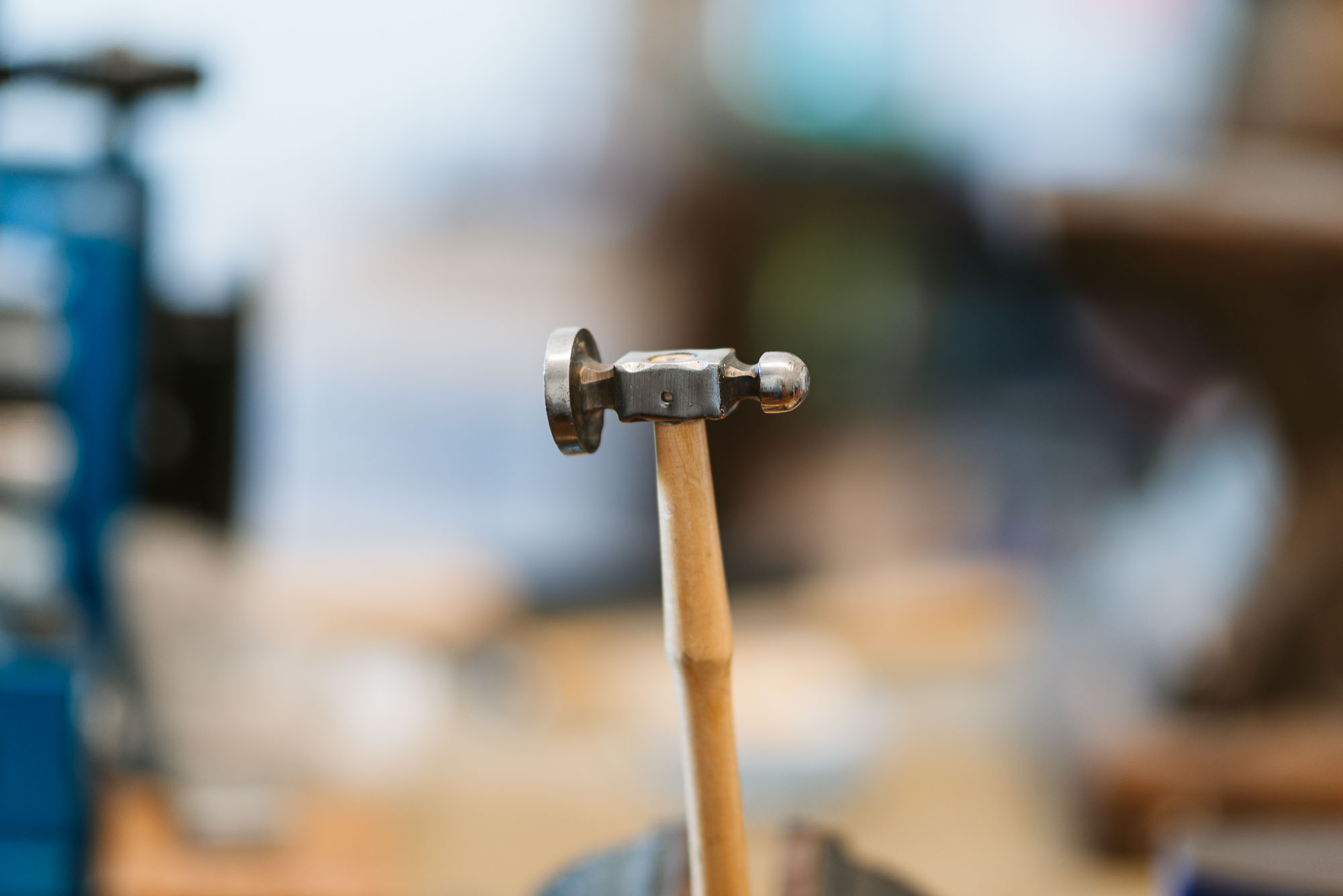 So. That led to re-evaluating where I was and moving toward things that fulfill me more. I’m currently teaching ceramics classes and managing a clay studio at The Potter’s Center. That’s keeping me afloat, but I really want to focus on my creative passions.
So. That led to re-evaluating where I was and moving toward things that fulfill me more. I’m currently teaching ceramics classes and managing a clay studio at The Potter’s Center. That’s keeping me afloat, but I really want to focus on my creative passions.
And to find platforms that will create sales. How are you with the business side?
I’ve done a couple of story sales on social media, which were successful. I’d like to do little shows here or there. But it is a huge hustle. Garth Clark, an art critic who came to Boise State, talked about this new zone of self-promoted artists who—they’re not making a big art piece and looking for an exhibition; they’re making these middling, or high-craft art objects that people desire. And you have to market, spin, and sell—
There’s a demographic of people who want to spend a large sum on a finely handcrafted object.
Exactly, exactly. I jokingly talk, to my friends, about capital A art, the academic art.
Don’t even get me started on the hierarchy.
Exactly. You know, capital A art that is displayed in galleries versus craft fairs, or social media, Etsy.
What inspires you?
I’m looking for the perfect combination of shape and form in my ceramic work. As for metals, there’s a variety of metals objects in Judaica. Implements of the Jewish religion. I think there’s also an occult version, like tarot.
You use a ton of implements. There’s also the idea of the implement versus the thing it’s acting upon.
A tool that’s used as a part of your practice or daily experience. 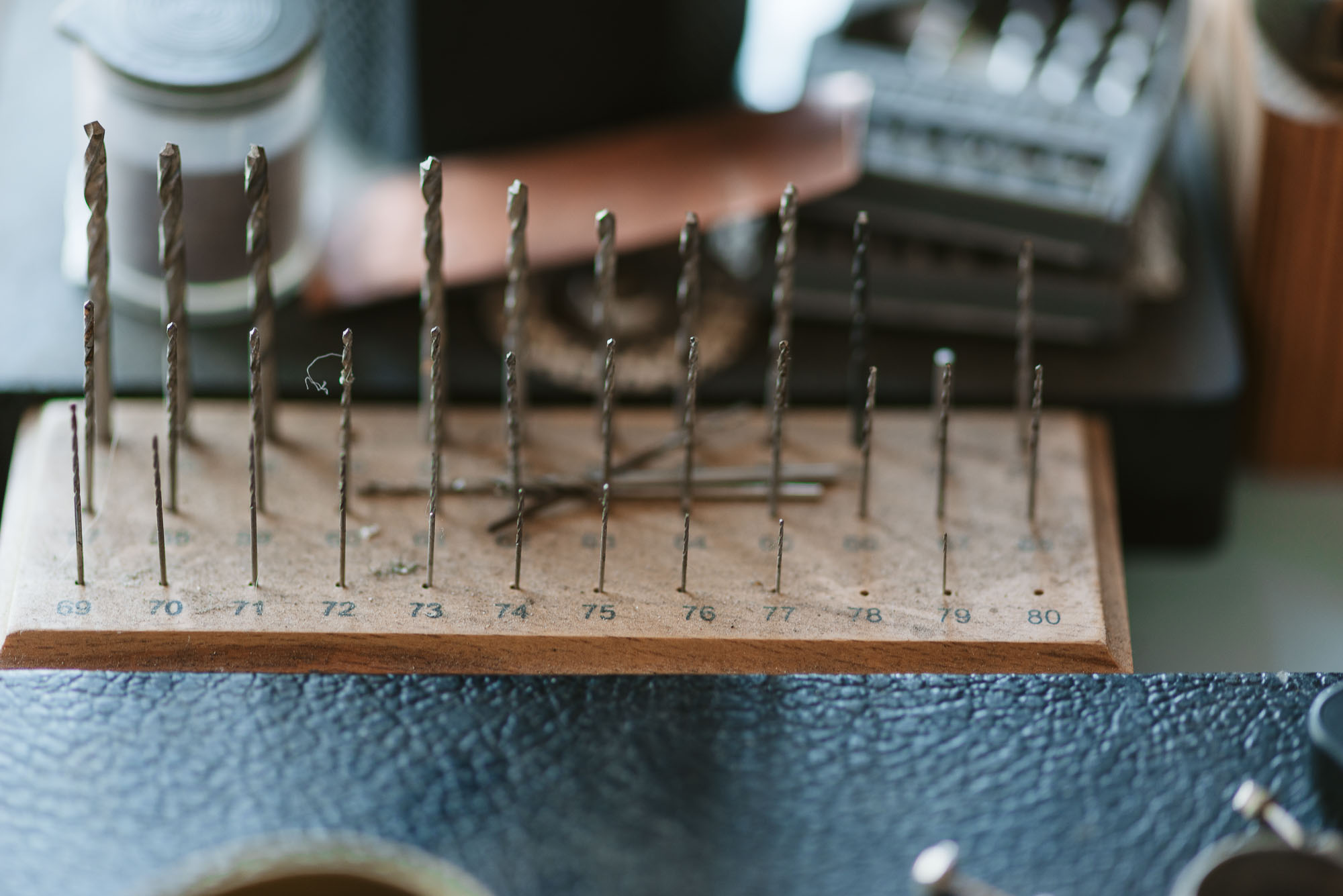
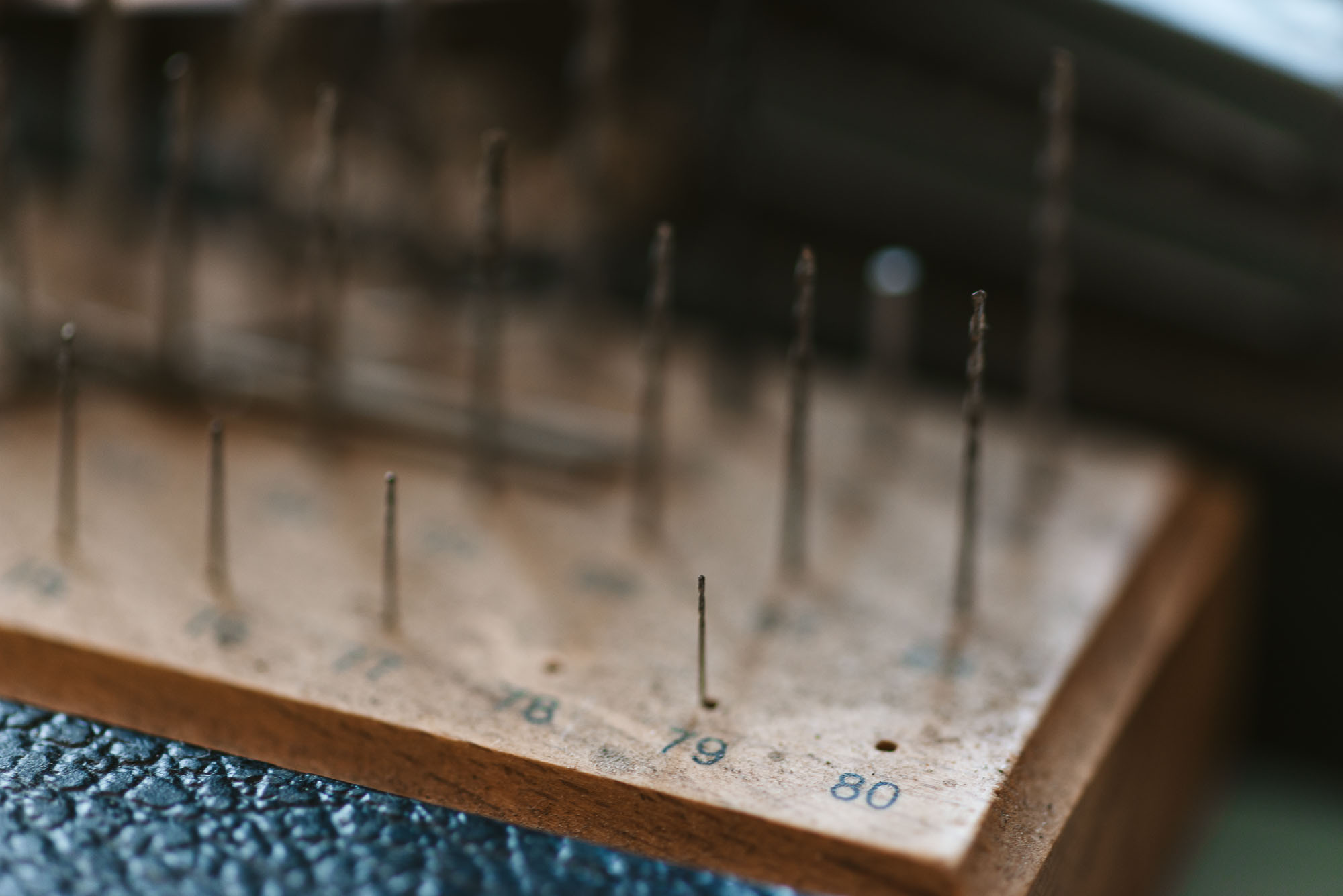 Ceremonial?
Ceremonial?
Ceremony and ritual. I think that’s a part of life people don’t acknowledge or realize is important.
You already have ritual in your life. You just may not recognize it. Coffee is a ritual.
Exactly. I’ve thought about making a nice, little silver coffee spoon.
I would so buy that.
[Laughing] 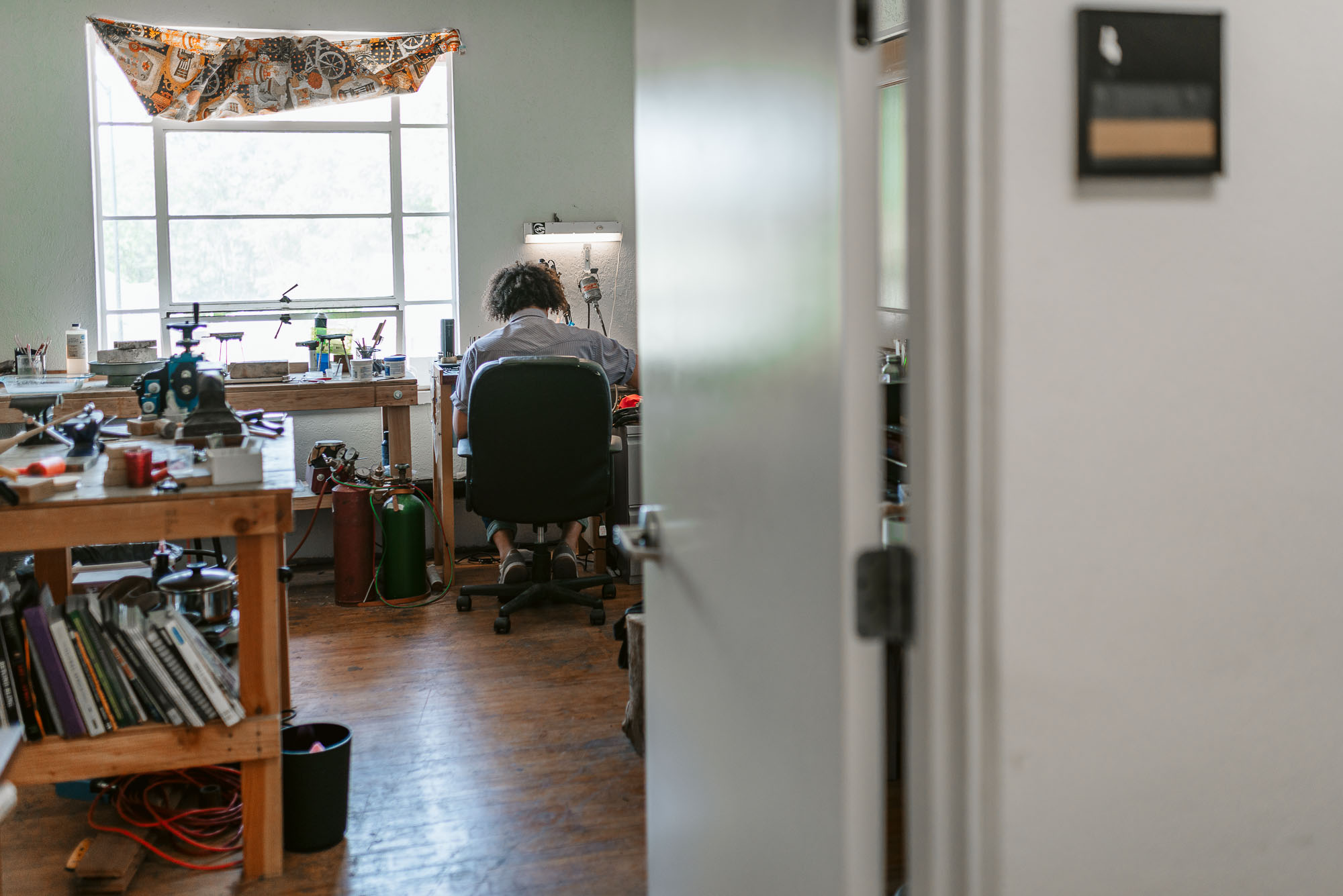
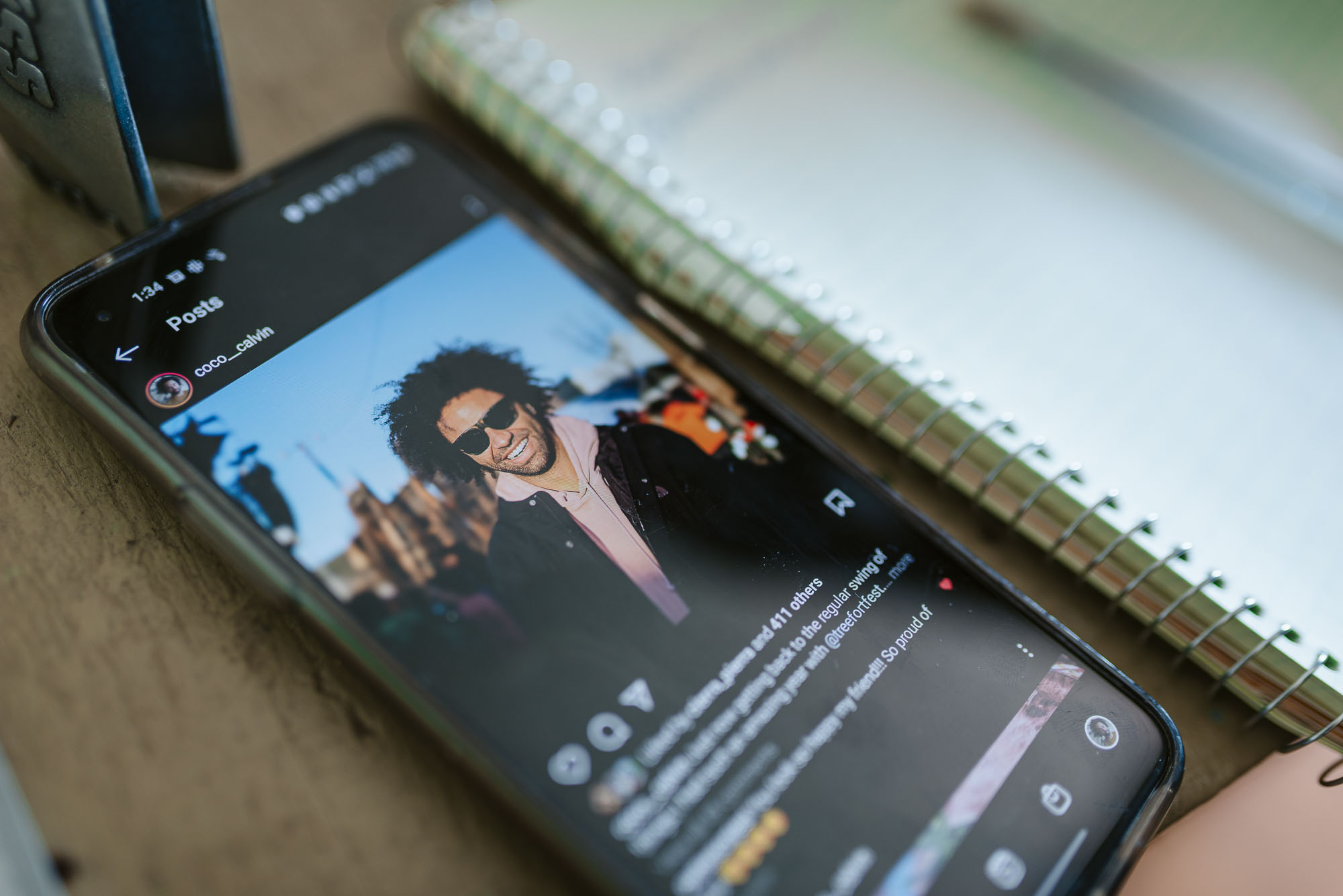 Okay, social media? What do you like? Instagram? Snapchat? TikTok? Facebook? Myspace?
Okay, social media? What do you like? Instagram? Snapchat? TikTok? Facebook? Myspace?
I fell down the TikTok rabbit hole, on the Black, queer, social activist side. There’s a lot of drag performers on TikTok—that’s awesome too.
Spectacle!
Spectacle and something outside the norm.
Do you perform drag?
I’m not a drag performer. Just a fan. I had the opportunity to carve out a space for queer folks to be seen and acknowledged and share their talents at Treefort. With my friend Jeni Rose, who has been with the festival for years, we crafted a small team this year with a few other folks in the community. We are interested in showing the success of drag performers and starting queer conversations.
Drag has a structure: the performer and the viewer.
Right.
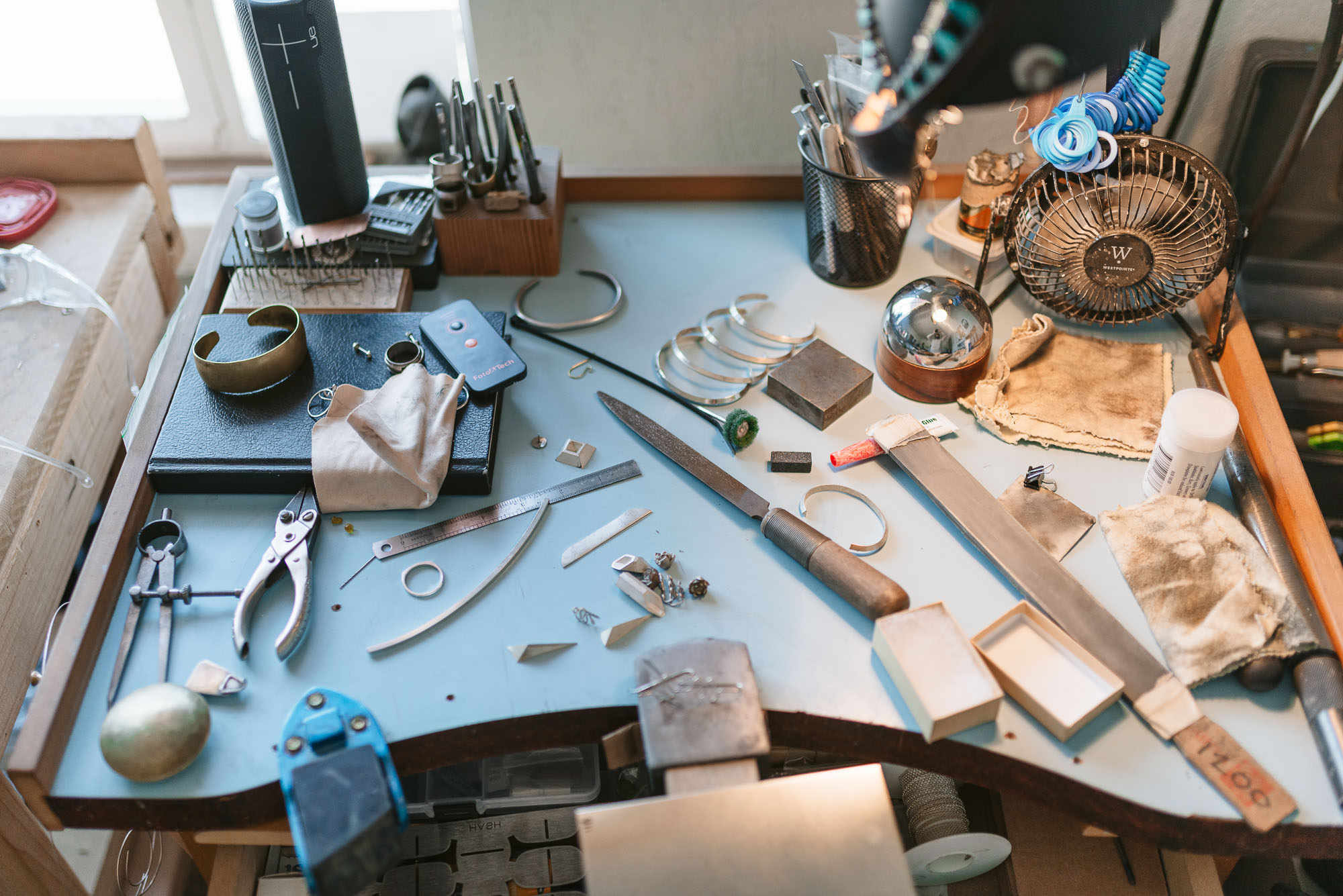
It’s an easy entry for people who are gender normative [Cole helped me figure out the terminology.] That’s my straight, white girl thought. “I know my role as a viewer; therefore: I can feel comfortable in this space.”
Drag shows are exciting; some person comes on stage with that—that confidence, and commands the room, all eyes on them. And all the artistry that goes into it: costumes, makeup; people are making their own jewelry, their own wigs. It’s a craft in and of itself. There’s value in showcasing these artists. But more so, after the first year, people said it was really meaningful, to feel they had their part of Treefort.
What’s next for you?
I’m excited about the James Castle House project residency. I think it’s a really cool opportunity. I didn’t think something like that would be an option for me. It came just as I was making the transition away from the service industry to focus on my artwork. Making a big change like that is very intimidating and a tough decision, but [the residency] is a confirmation of that shift. There’s been several other established artists who were given that opportunity. It just feels really good to feel valued and affirmed in my choices. People want to be shown in galleries, but how [can I get a] foot in the door? How do you even navigate those spaces if you’re not invited?
This time you were invited?
It’s like, “What? Excuse me?” [Chuckling] It’s one of those things, the universe conspired in my favor.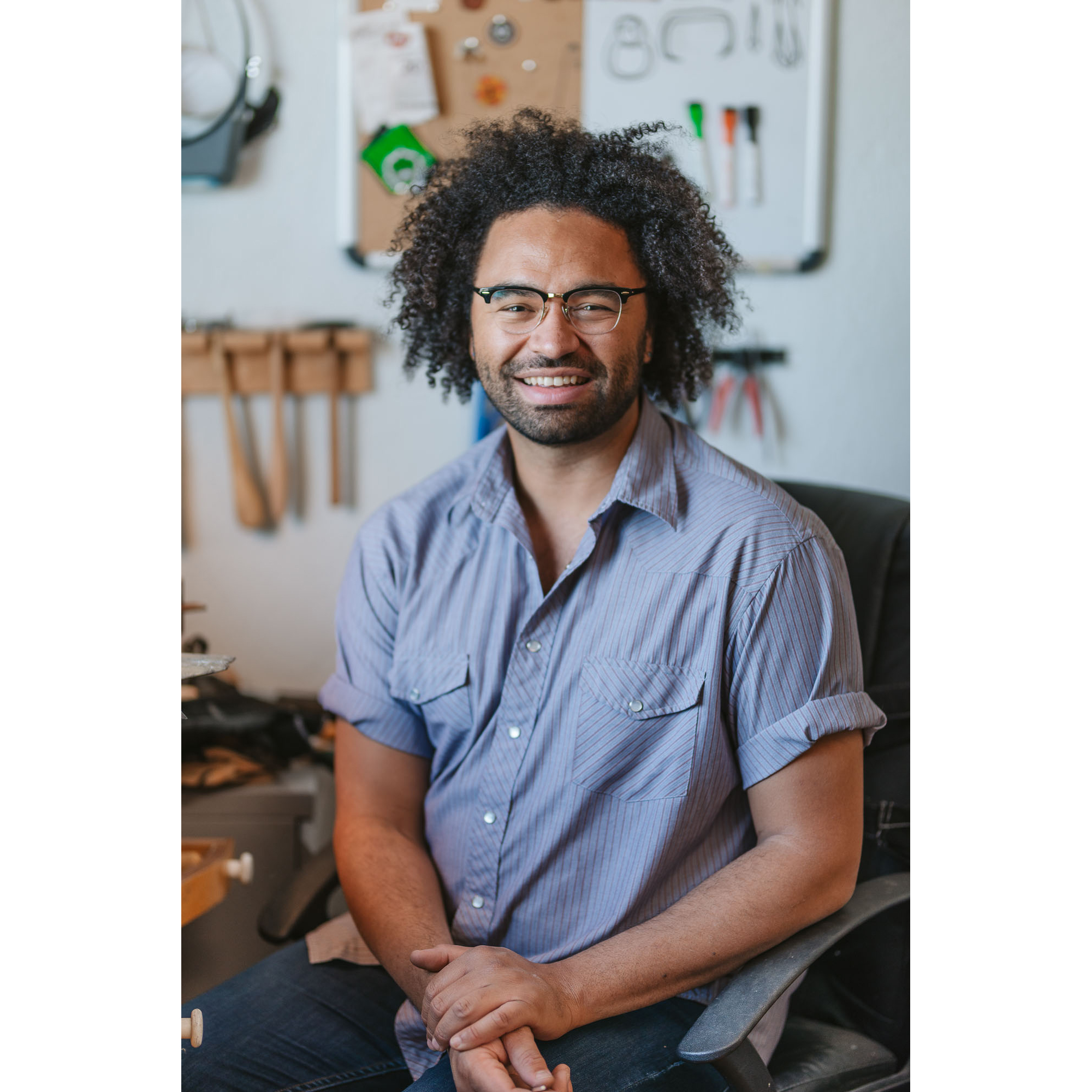
Bench
October 7, 2021
James Castle House Artist-In-Residence
This interview has been edited and condensed for clarity.
Creators, Makers, & Doers highlights the lives and work of Boise artists and creative individuals. Selected profiles focus on individuals whose work has been supported by the Boise City Dept. of Arts & History. The views expressed in this publication are those of the individuals interviewed and do not necessarily reflect those of the City of Boise.
